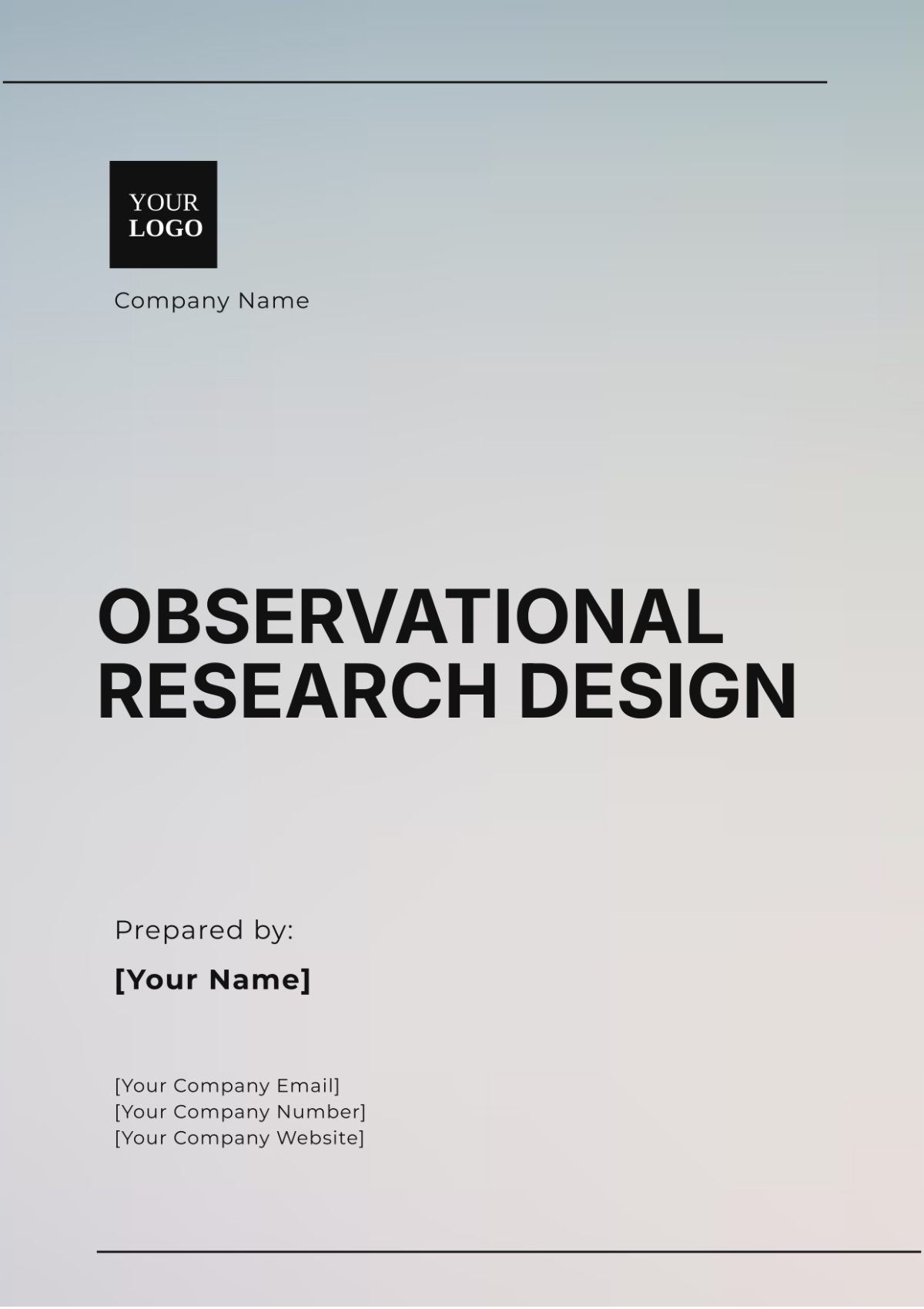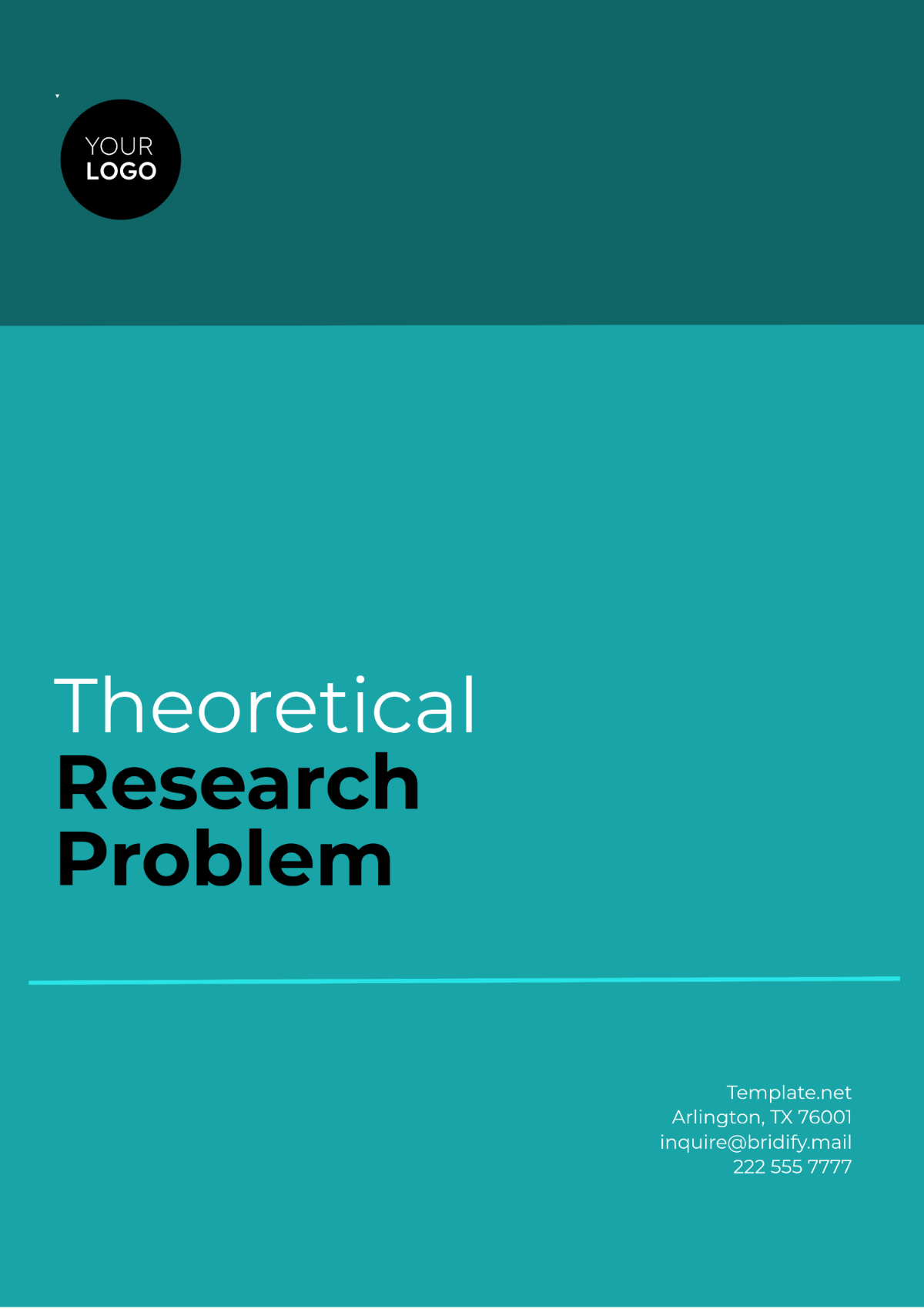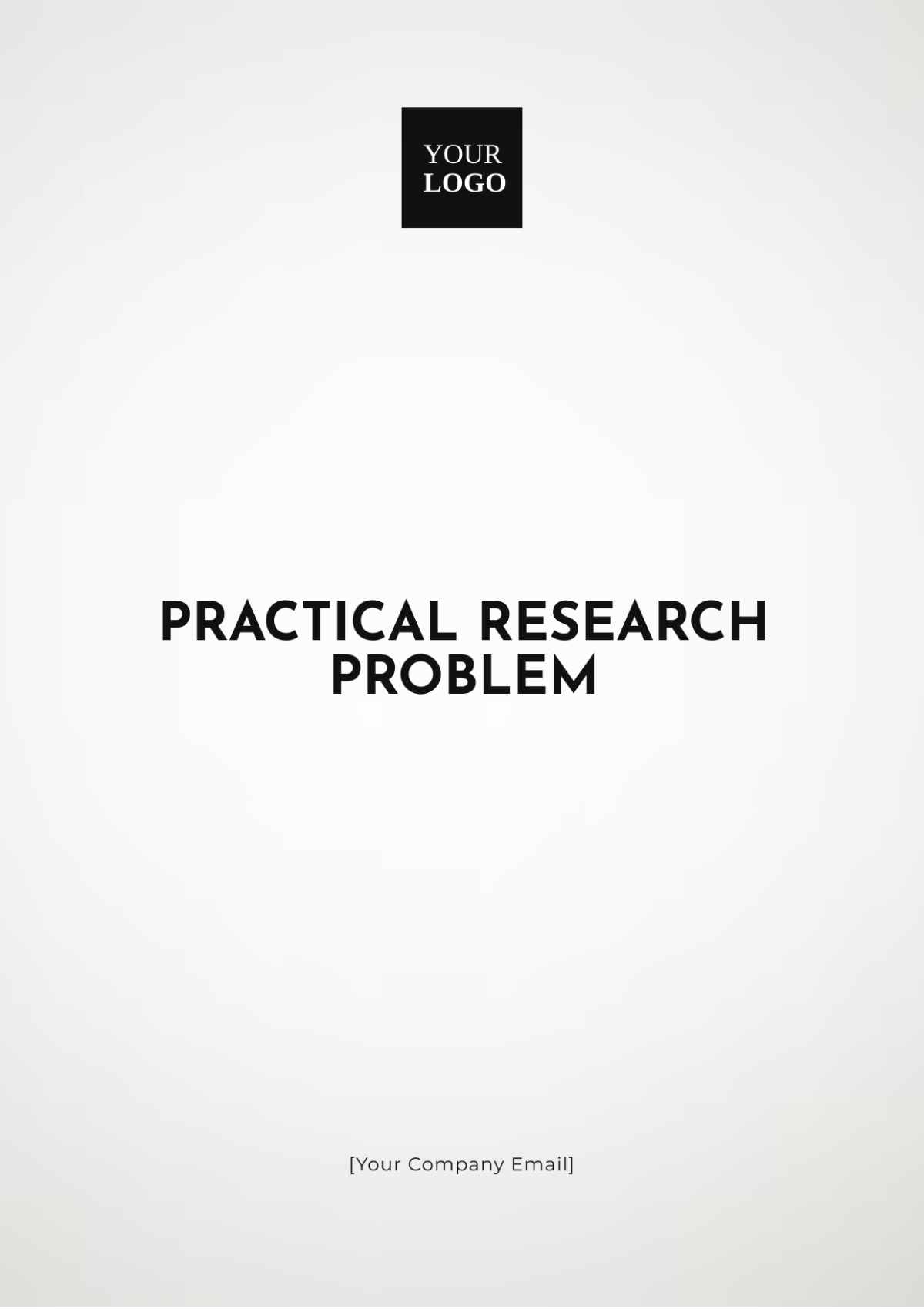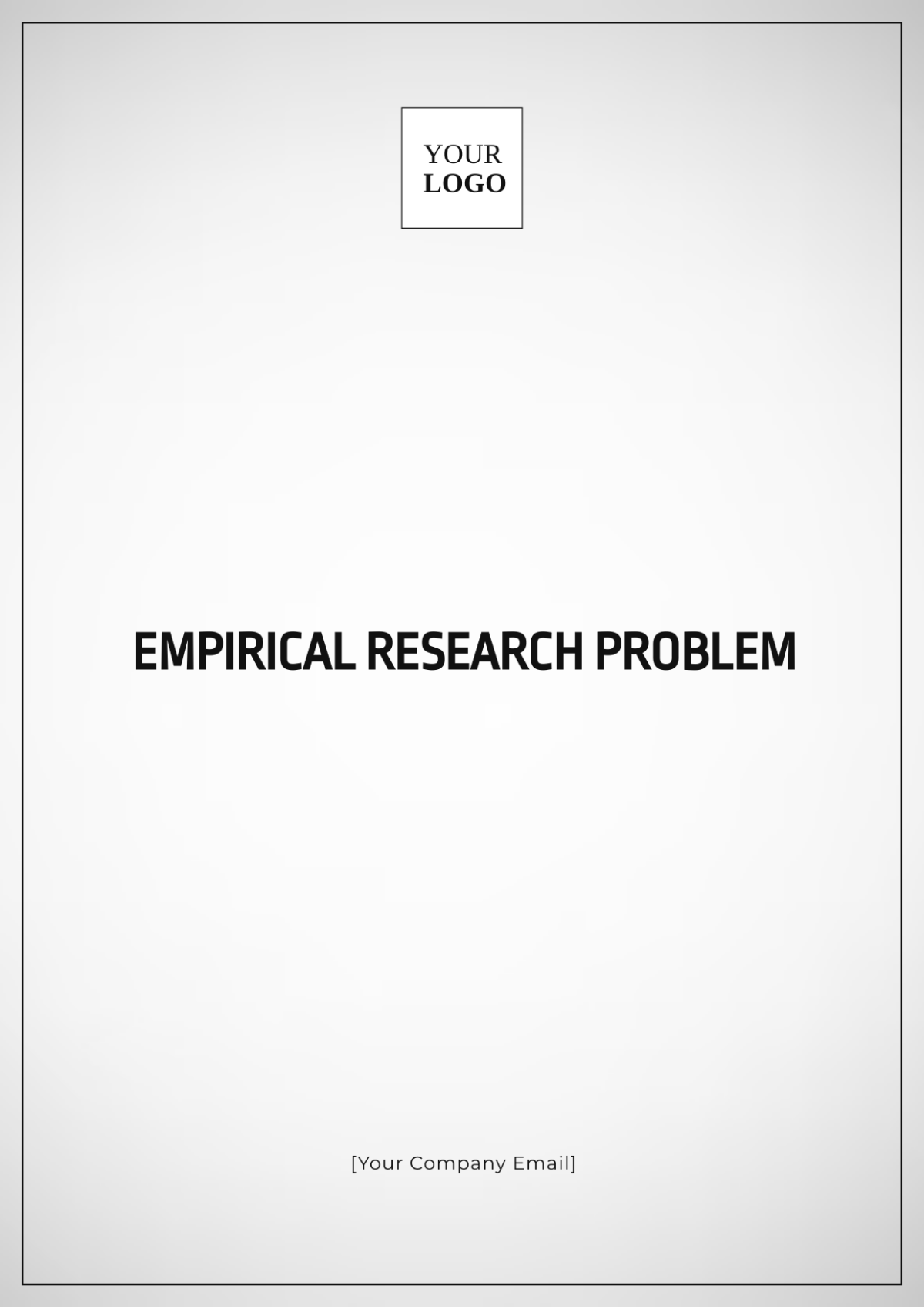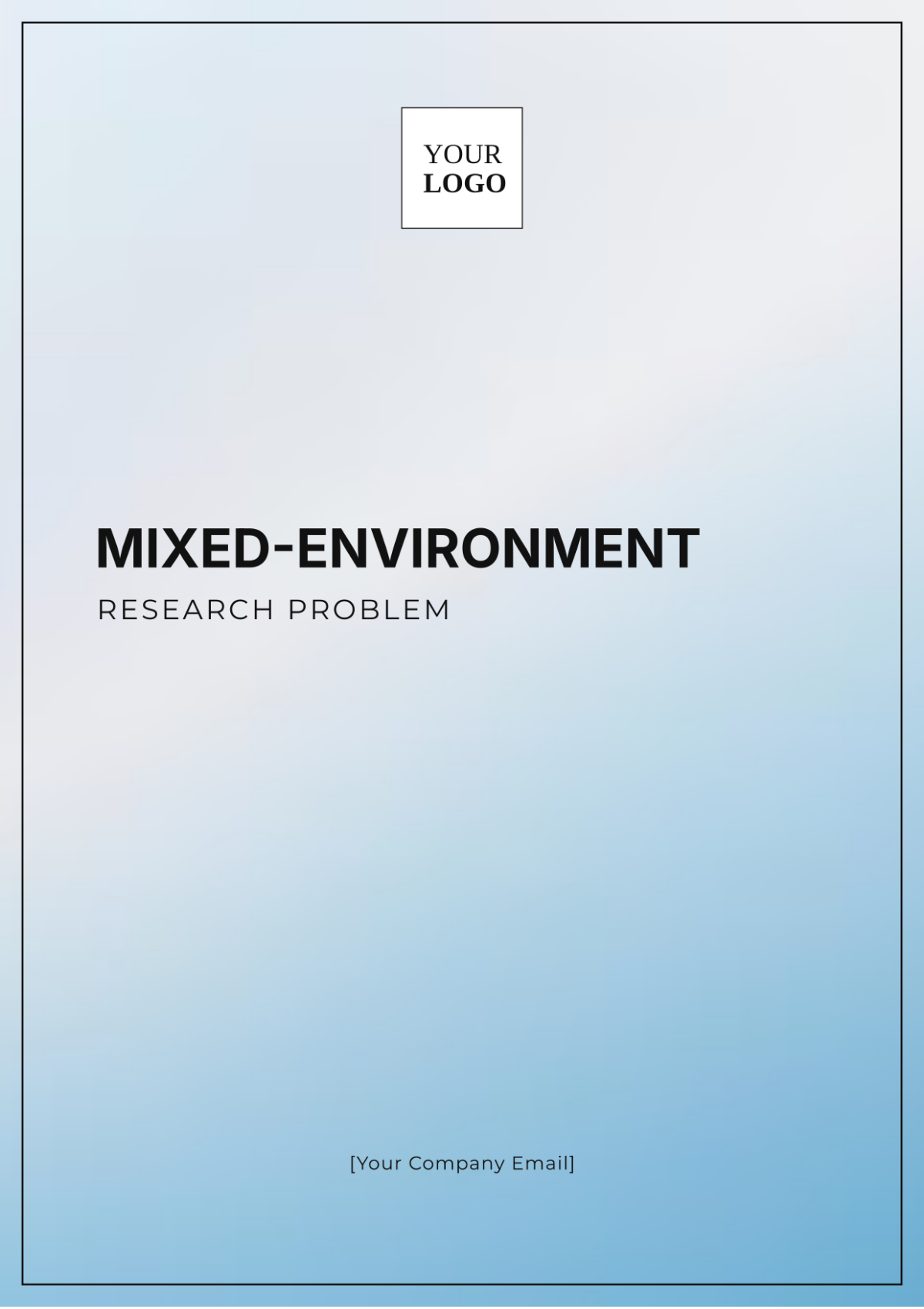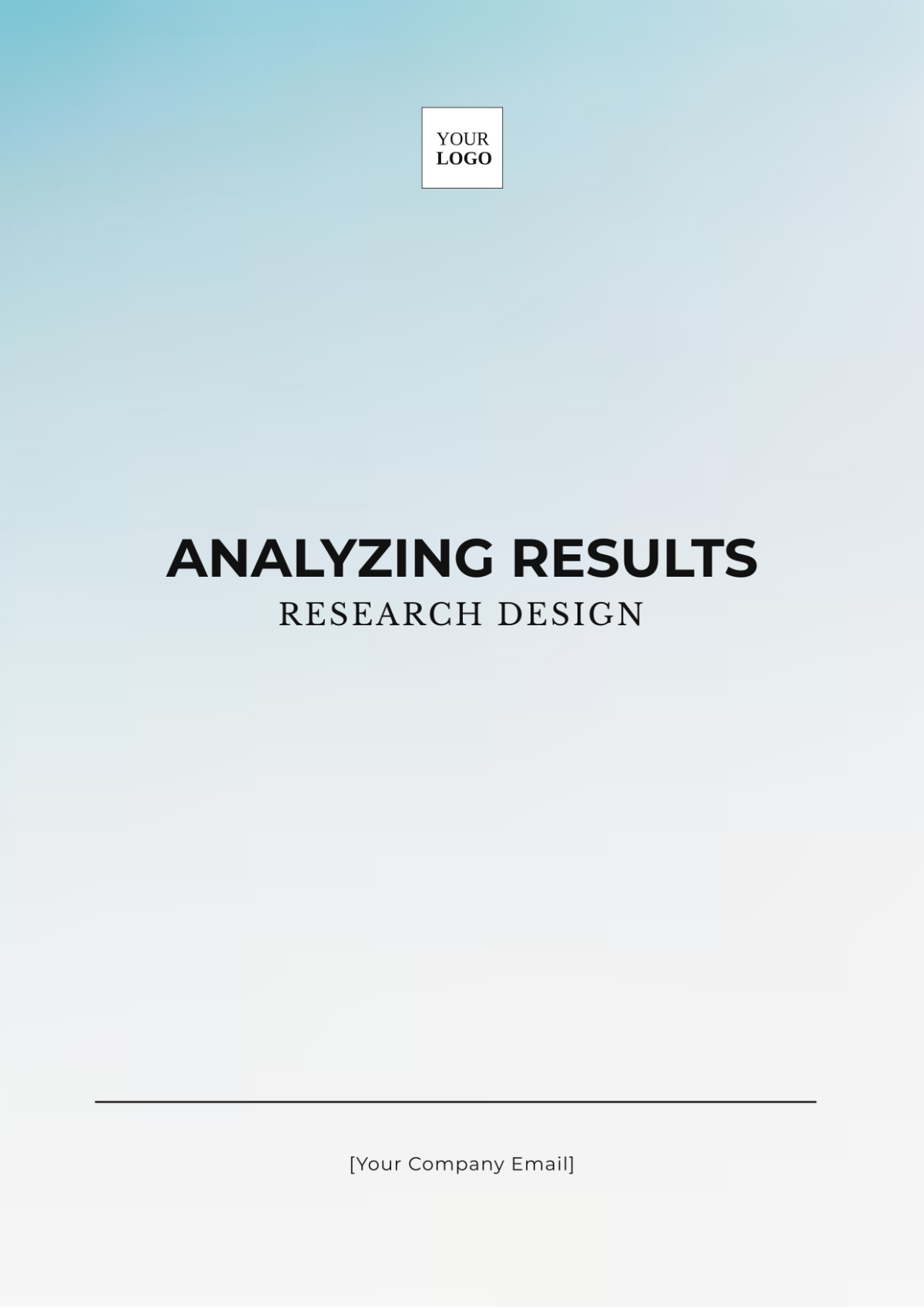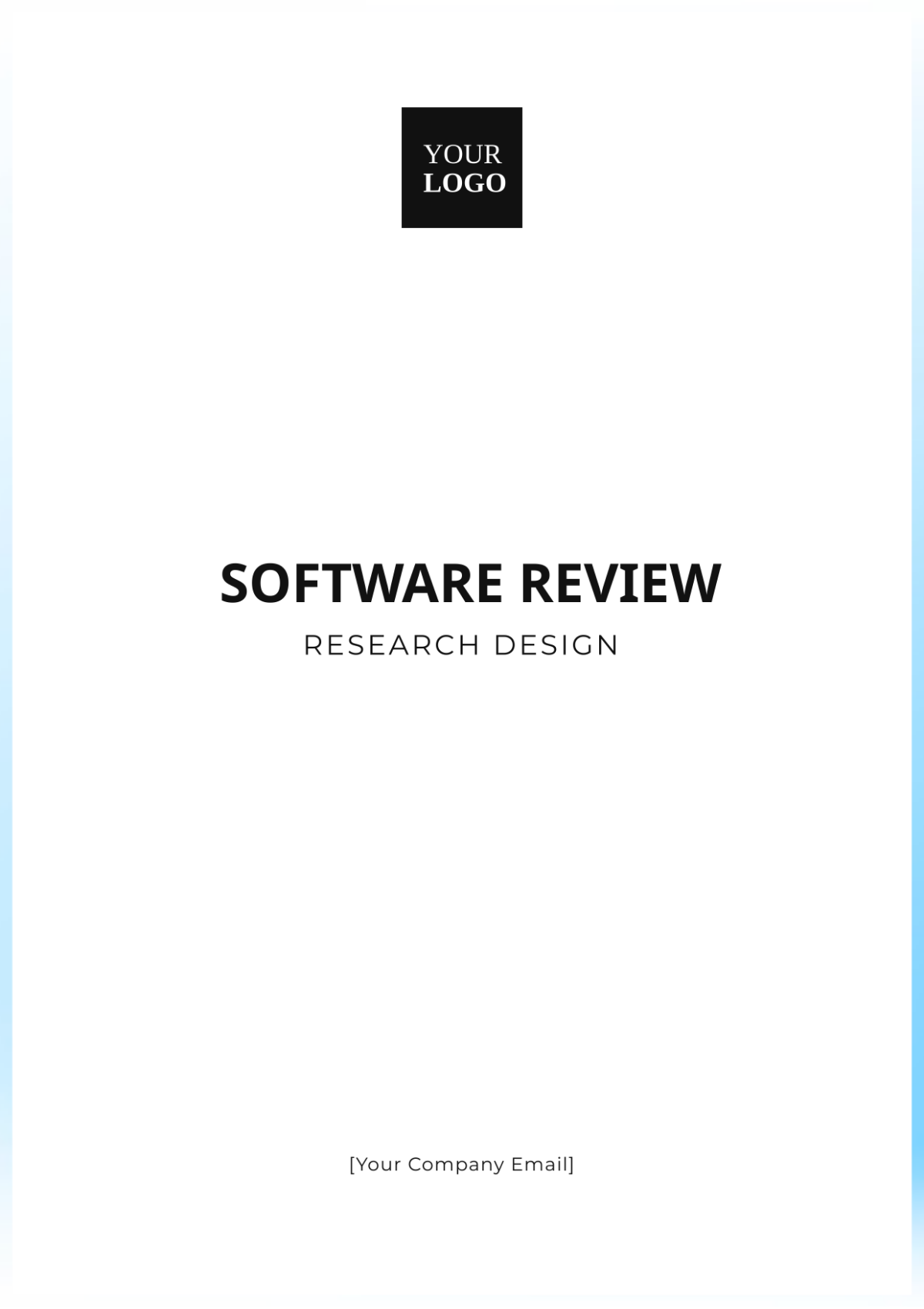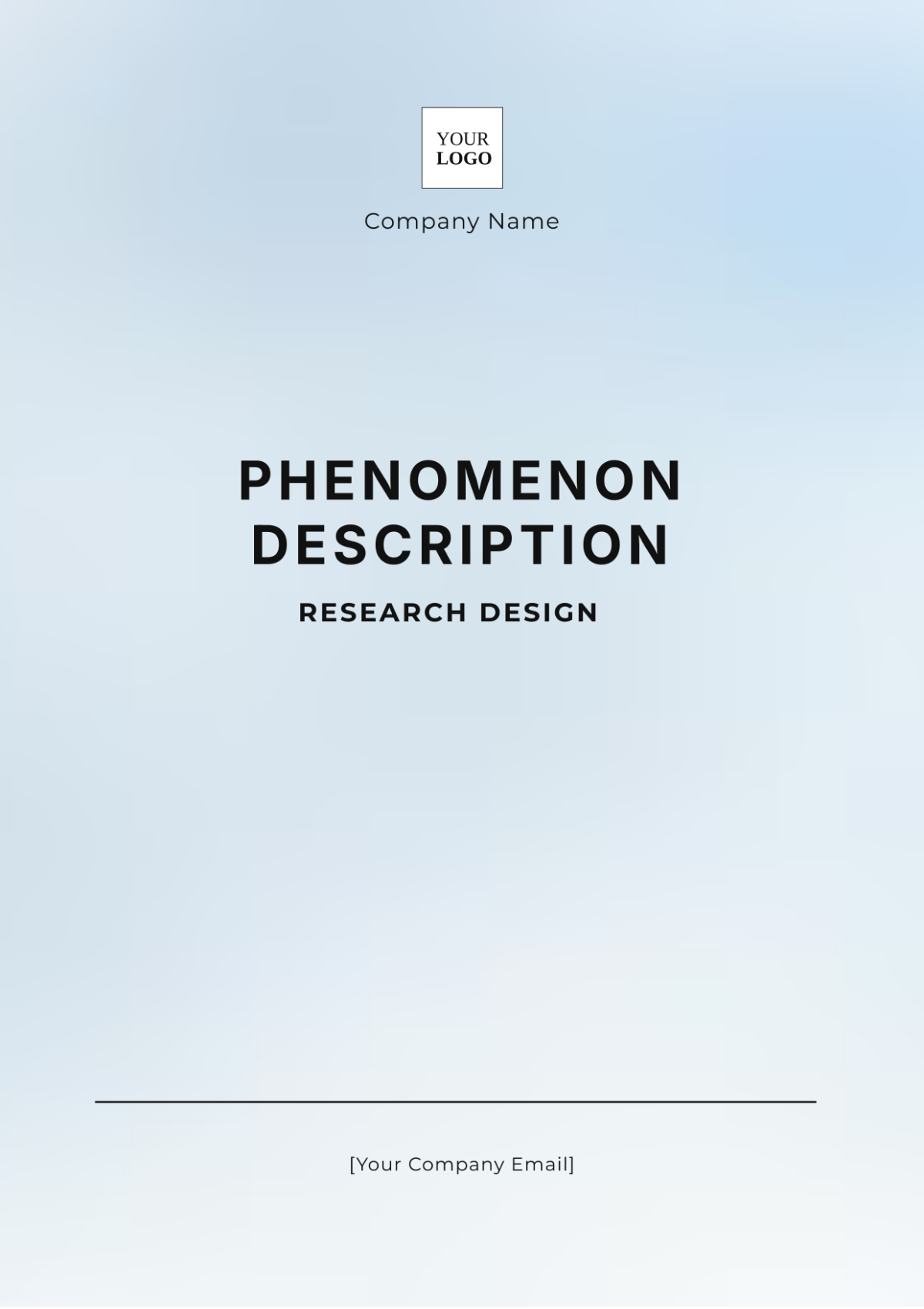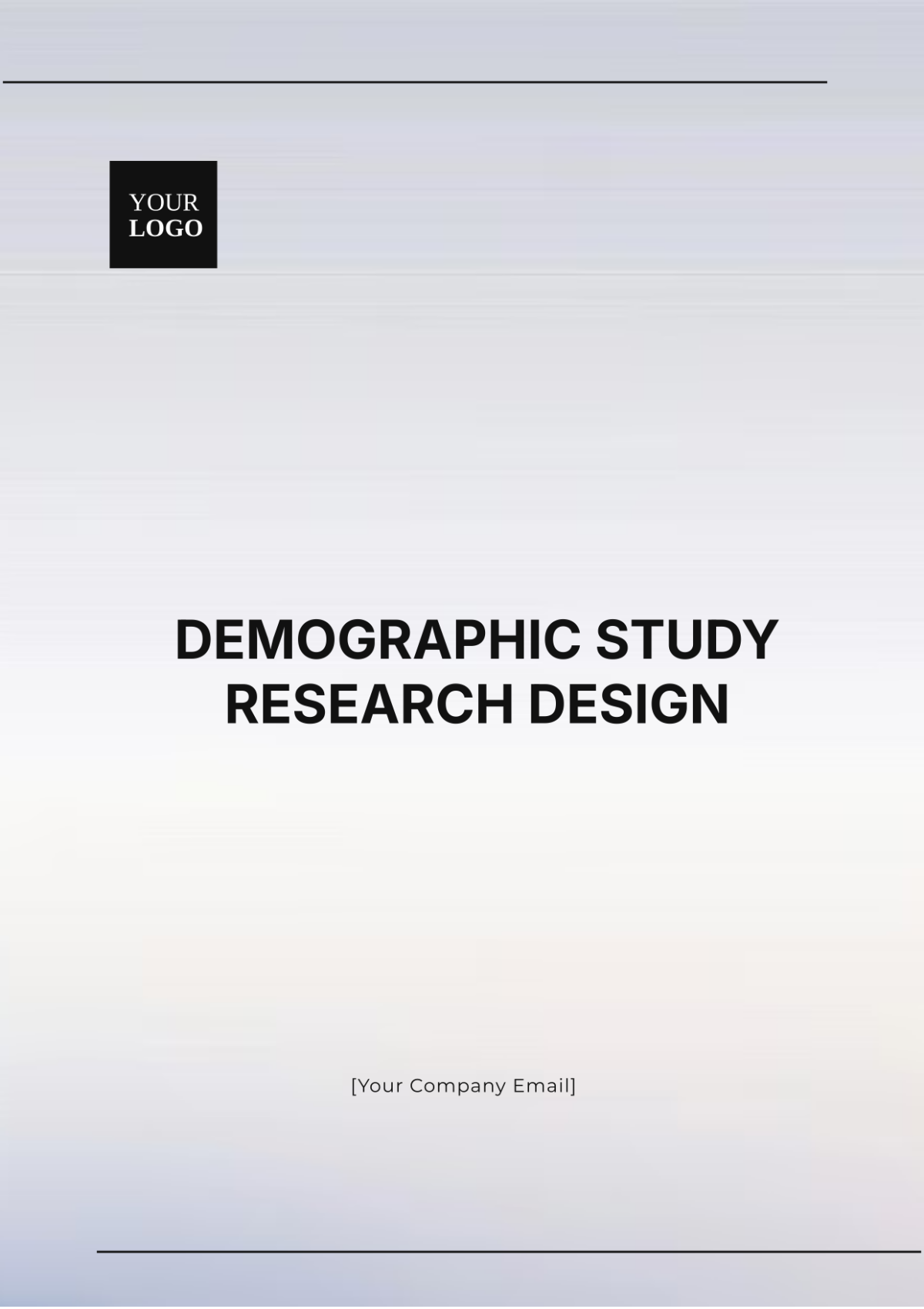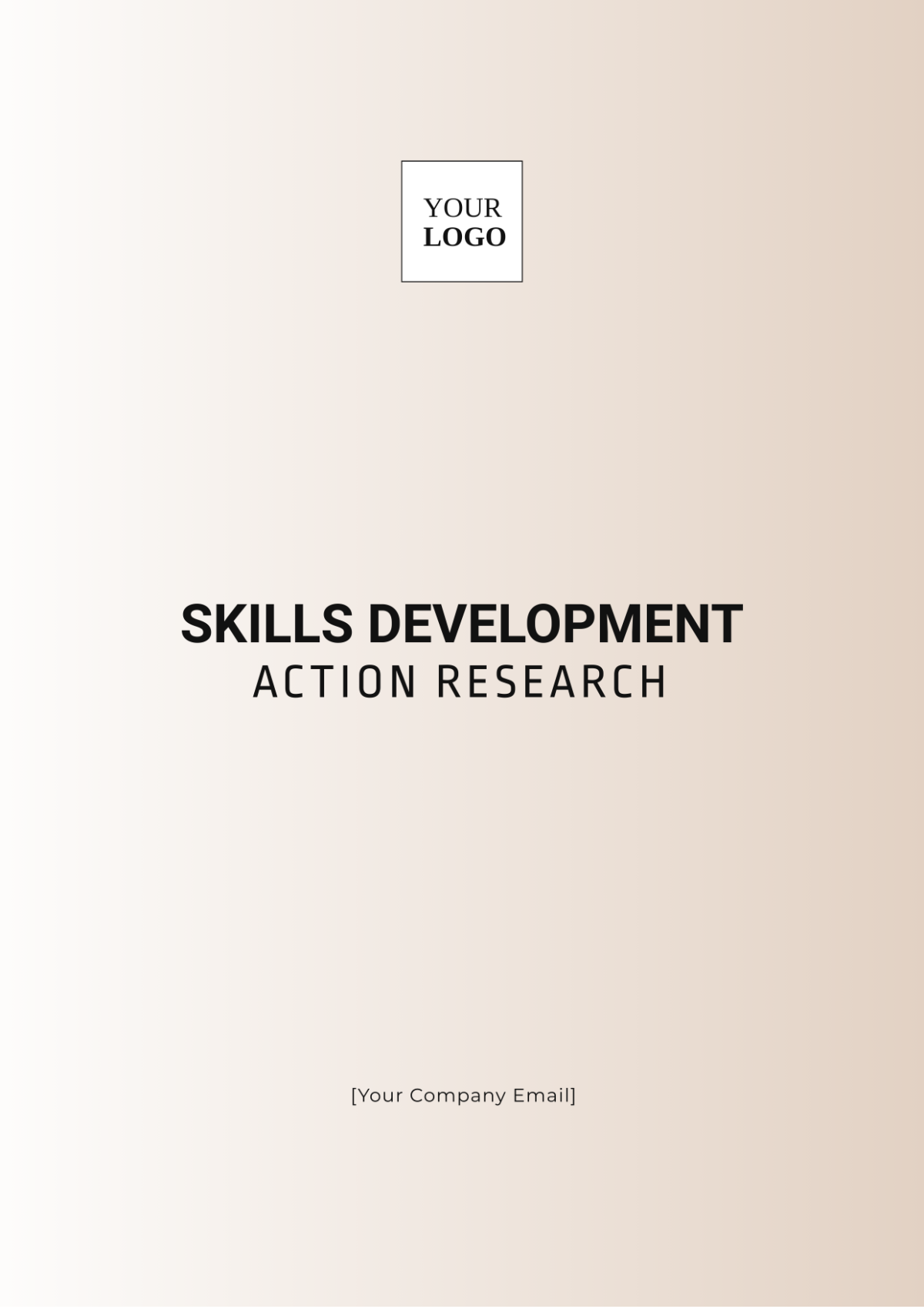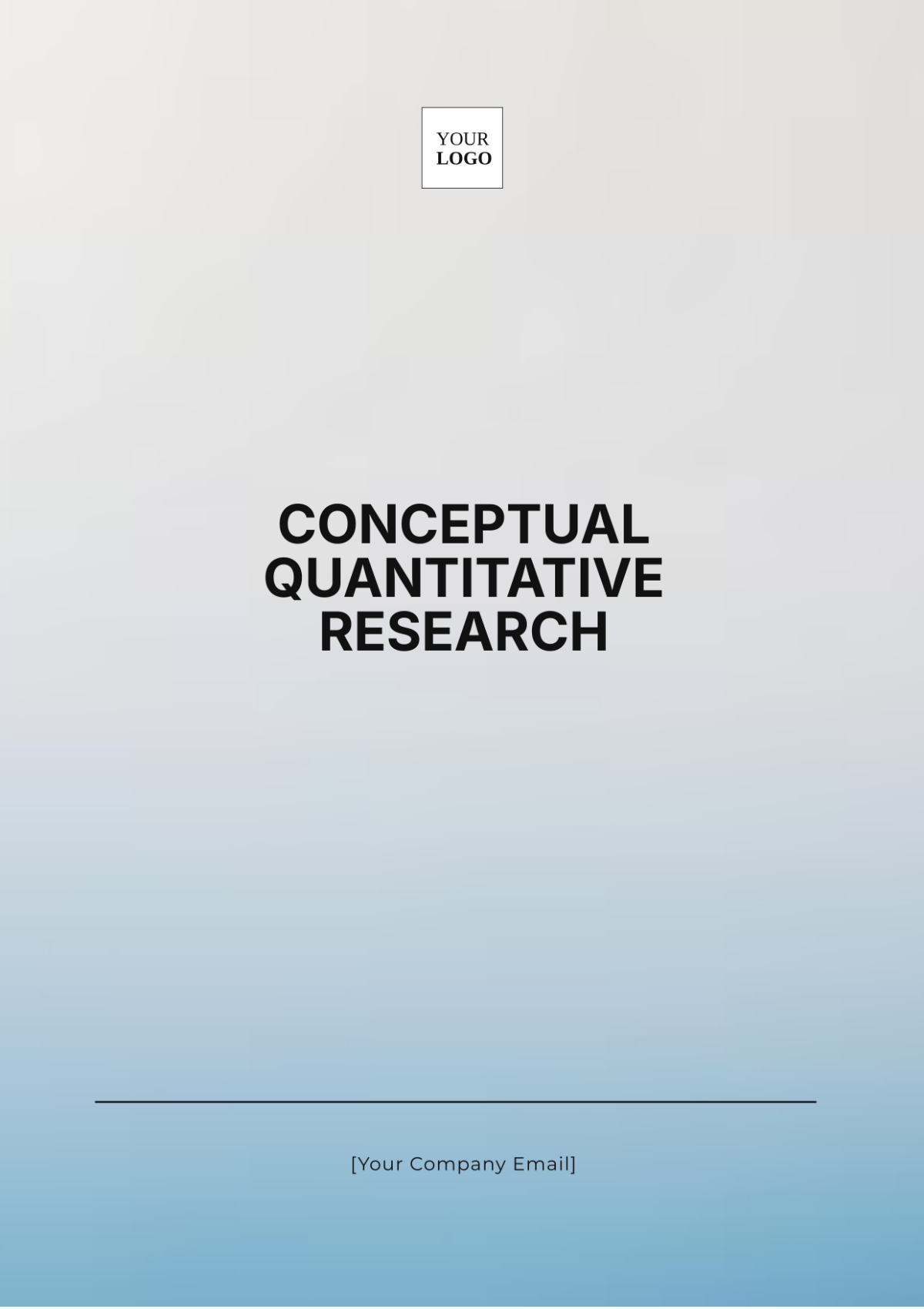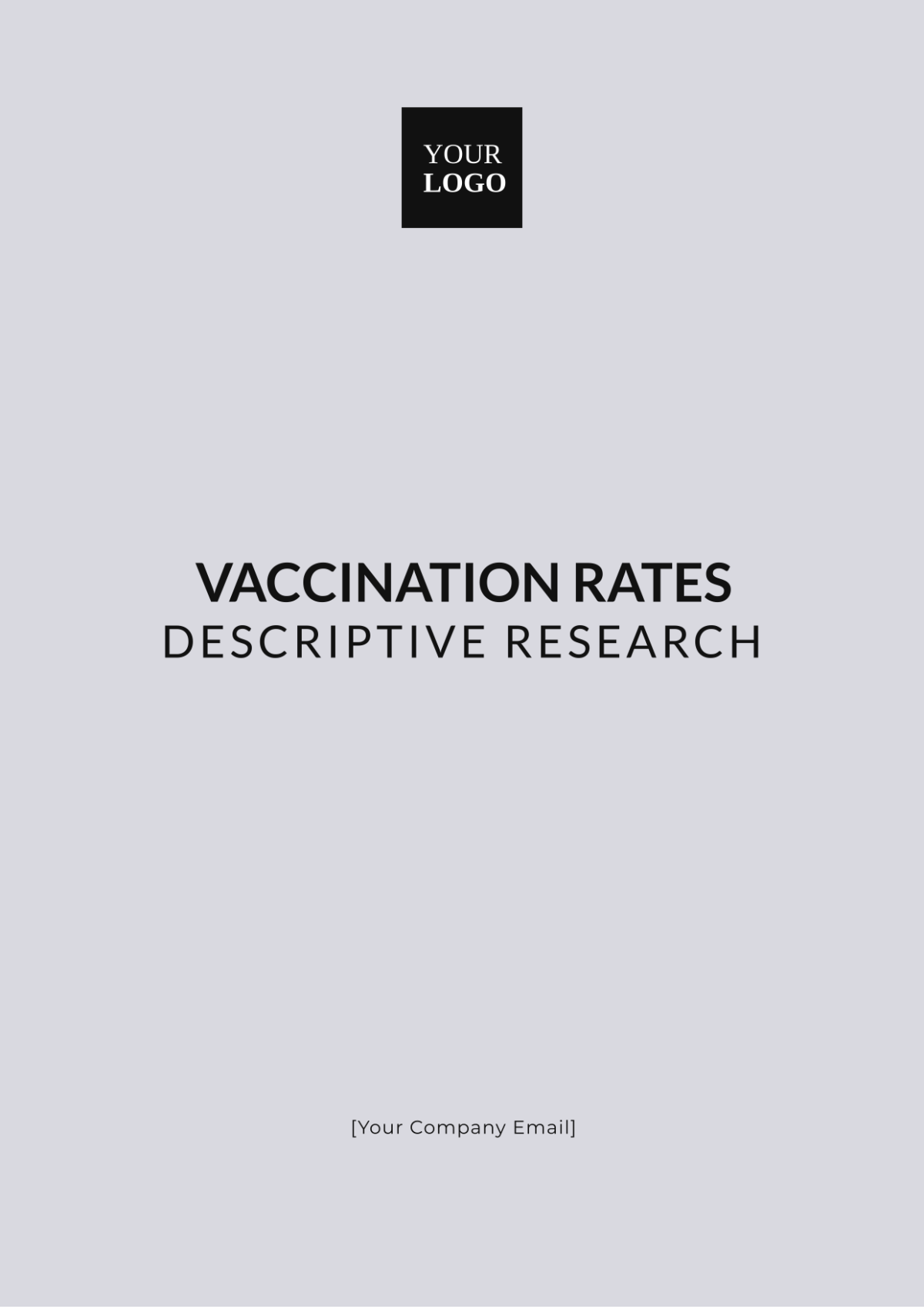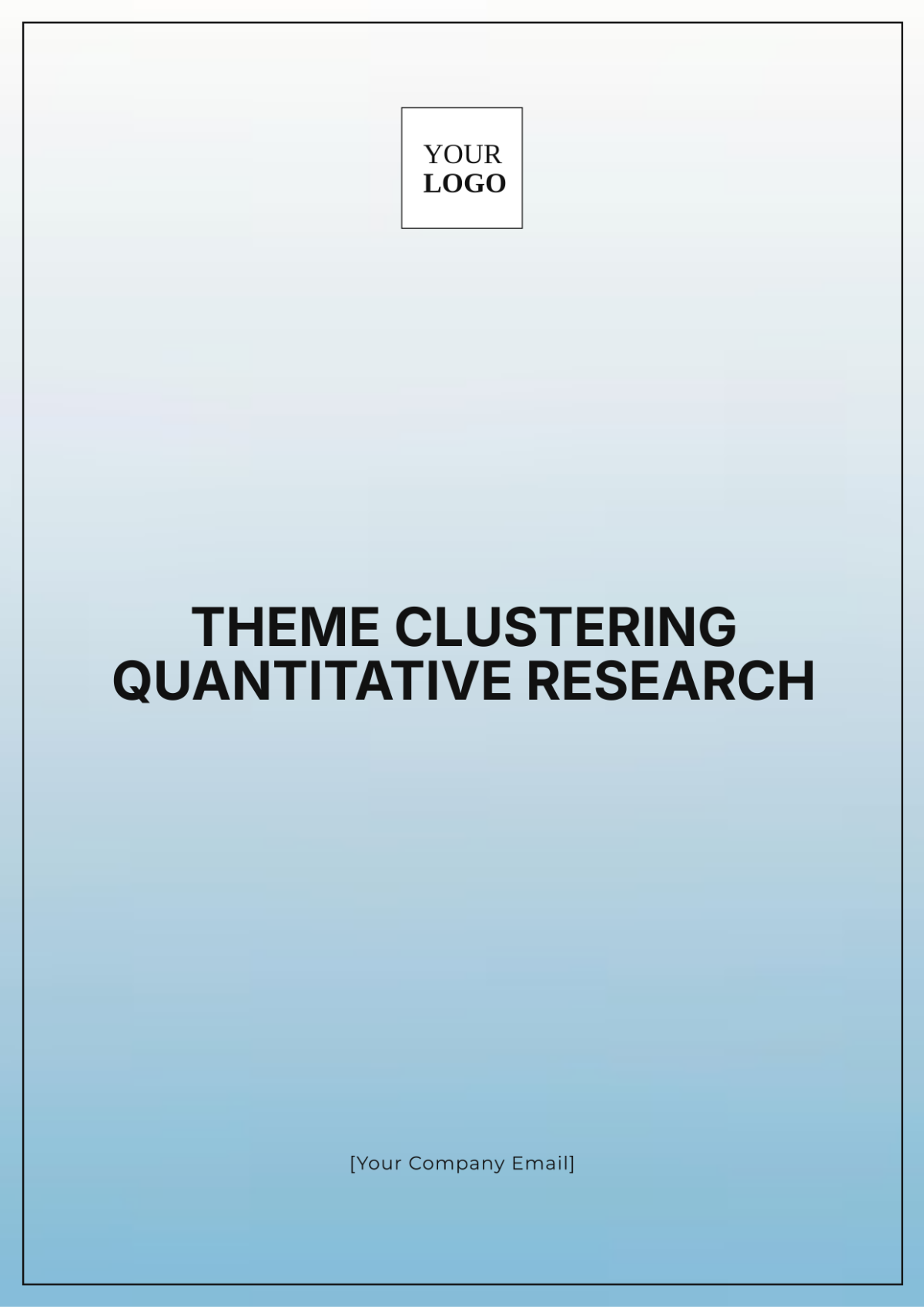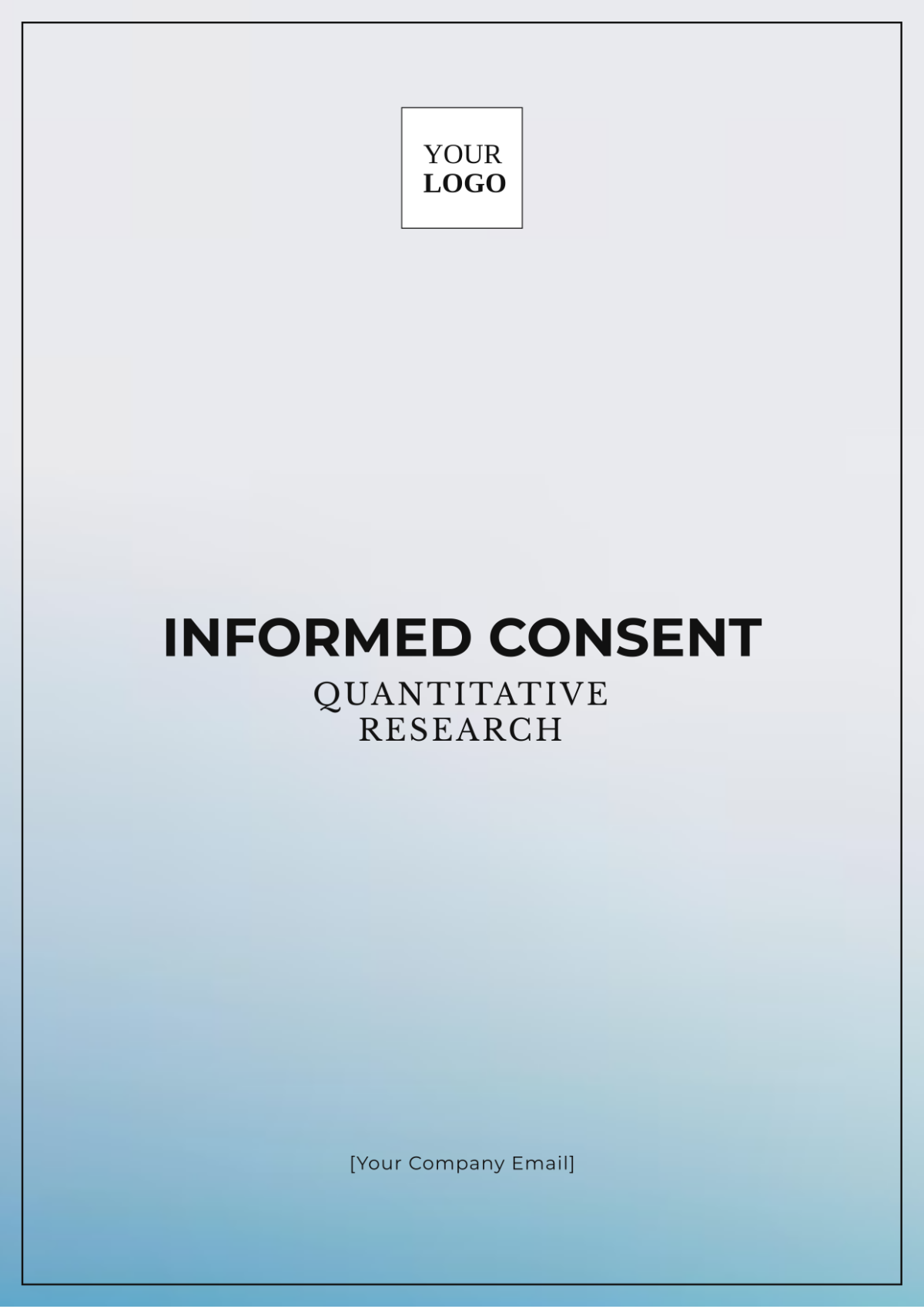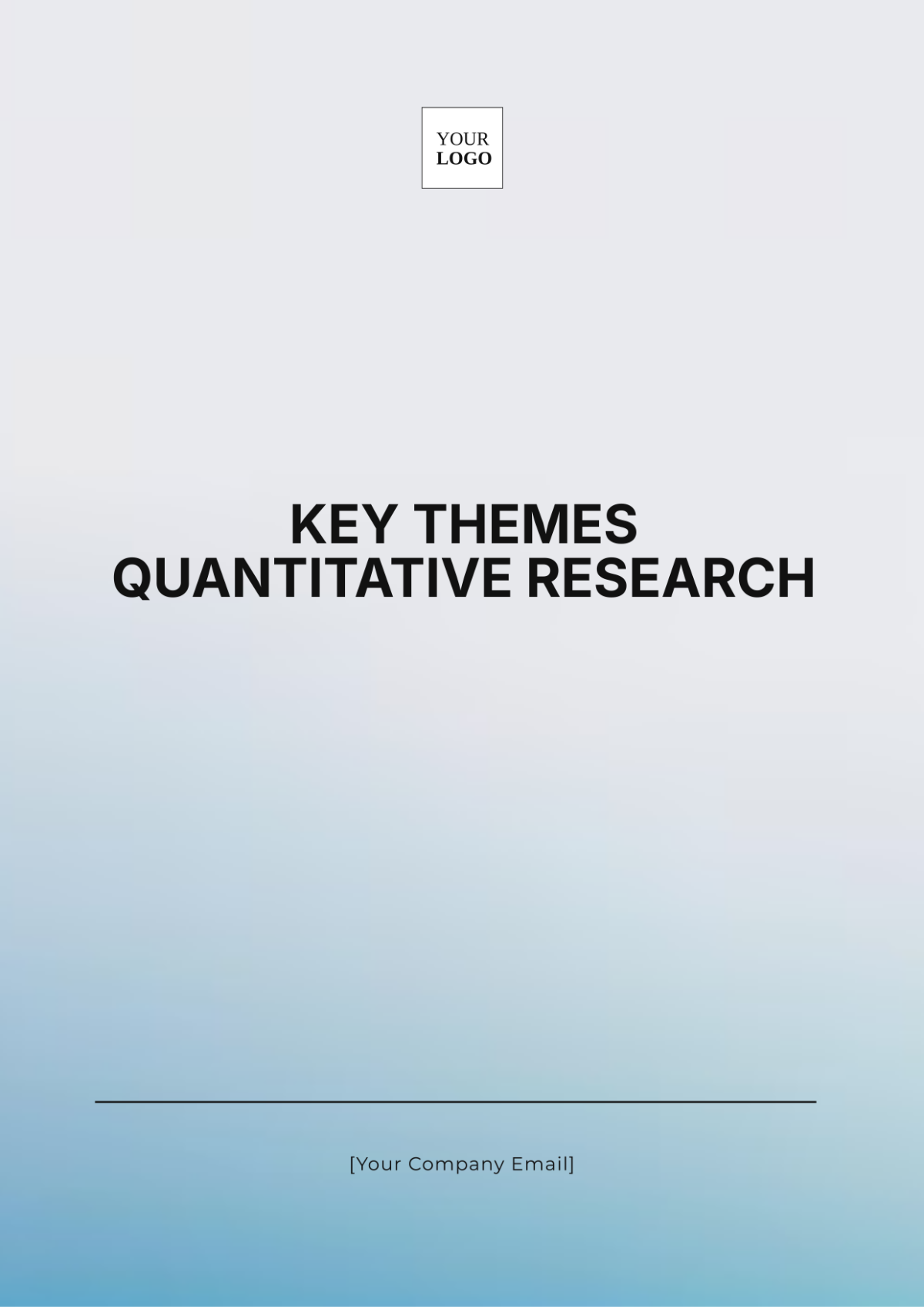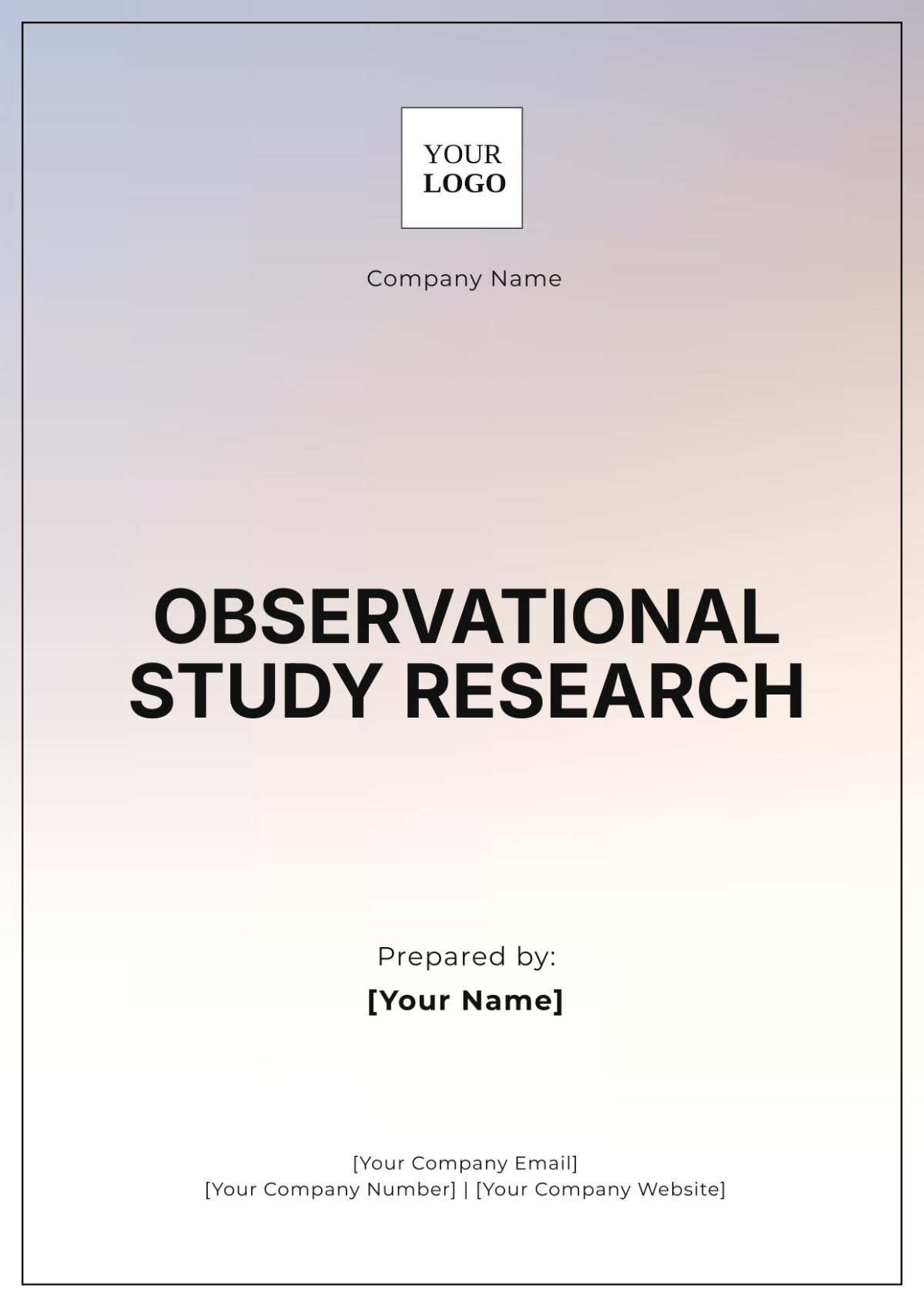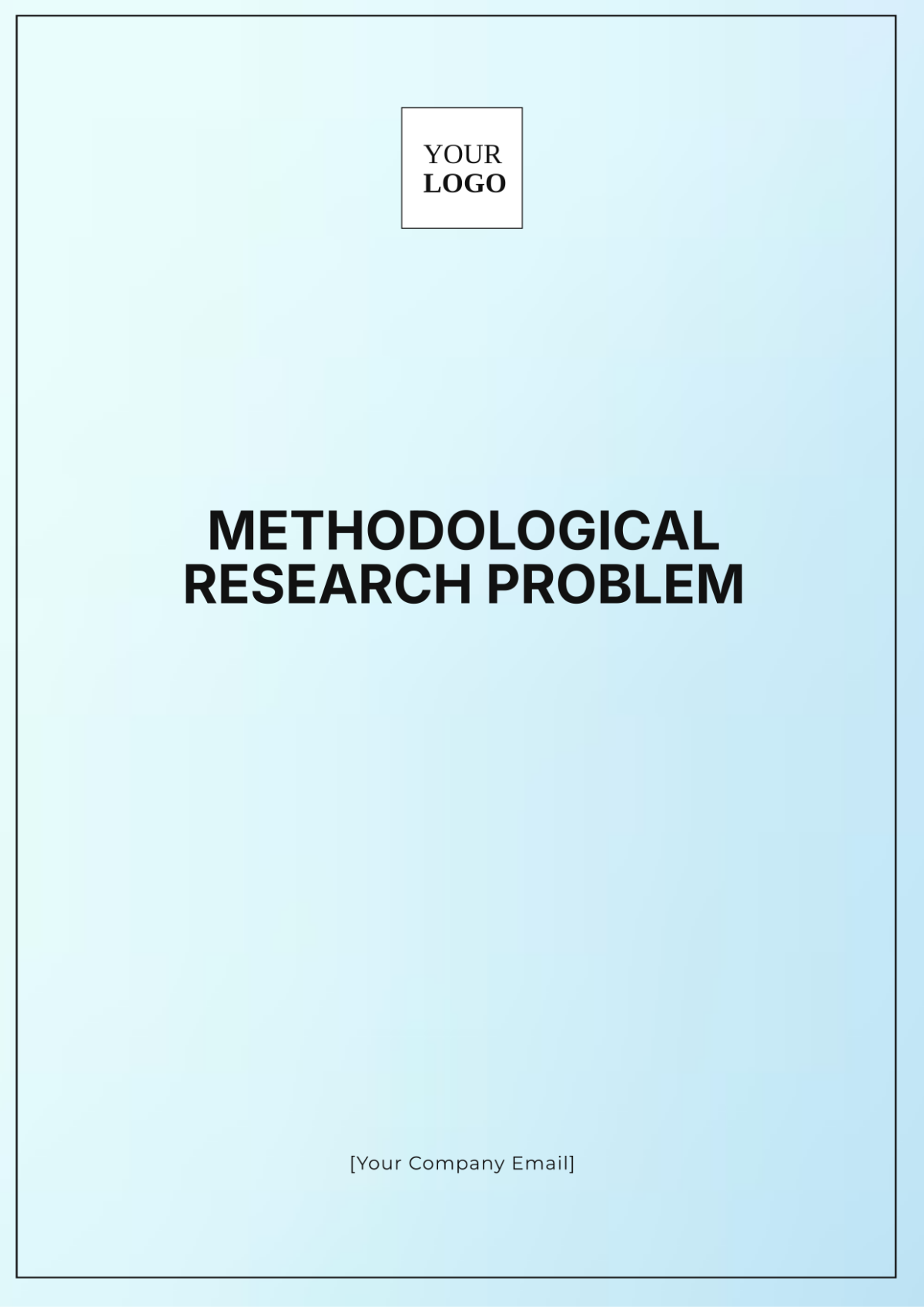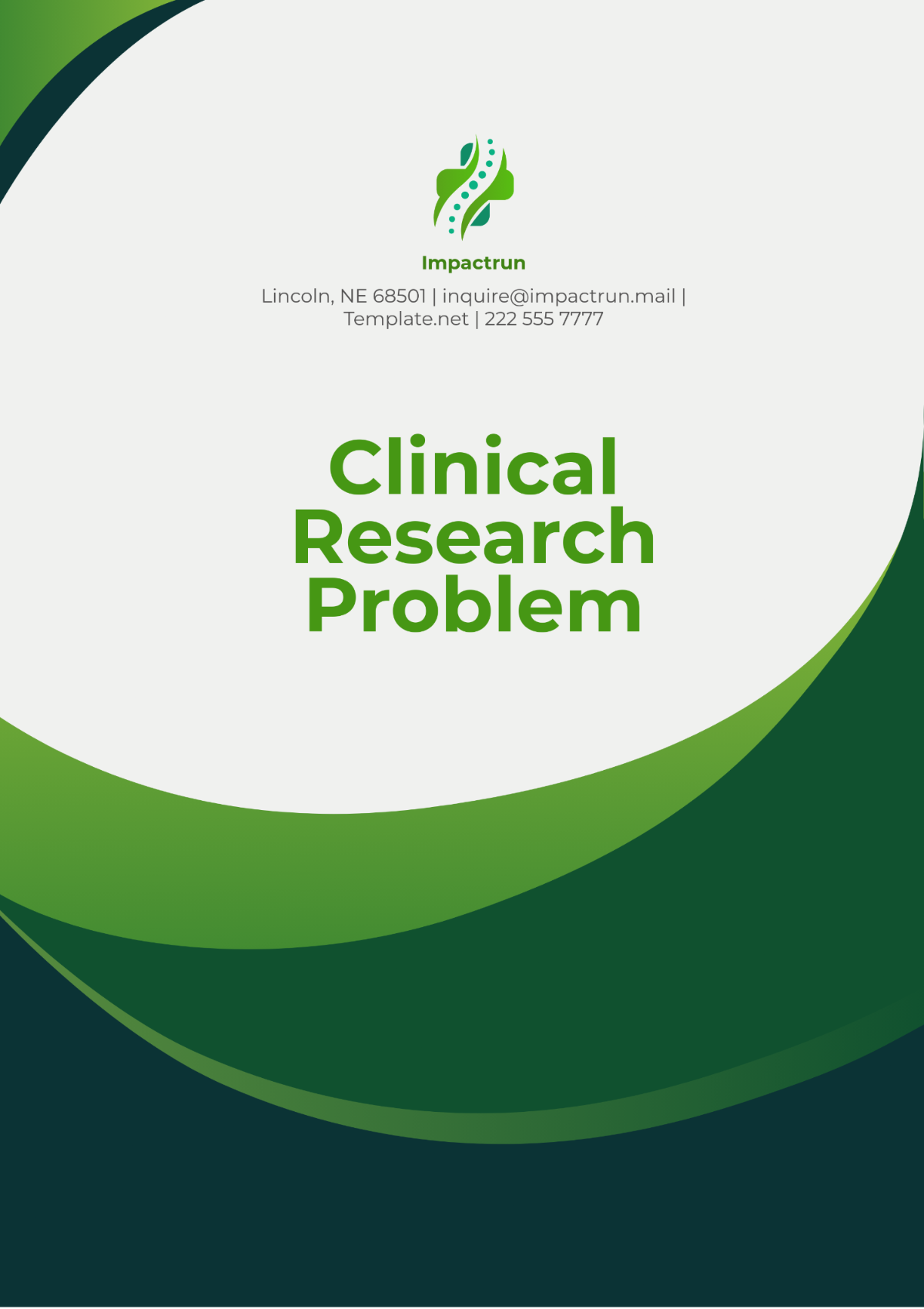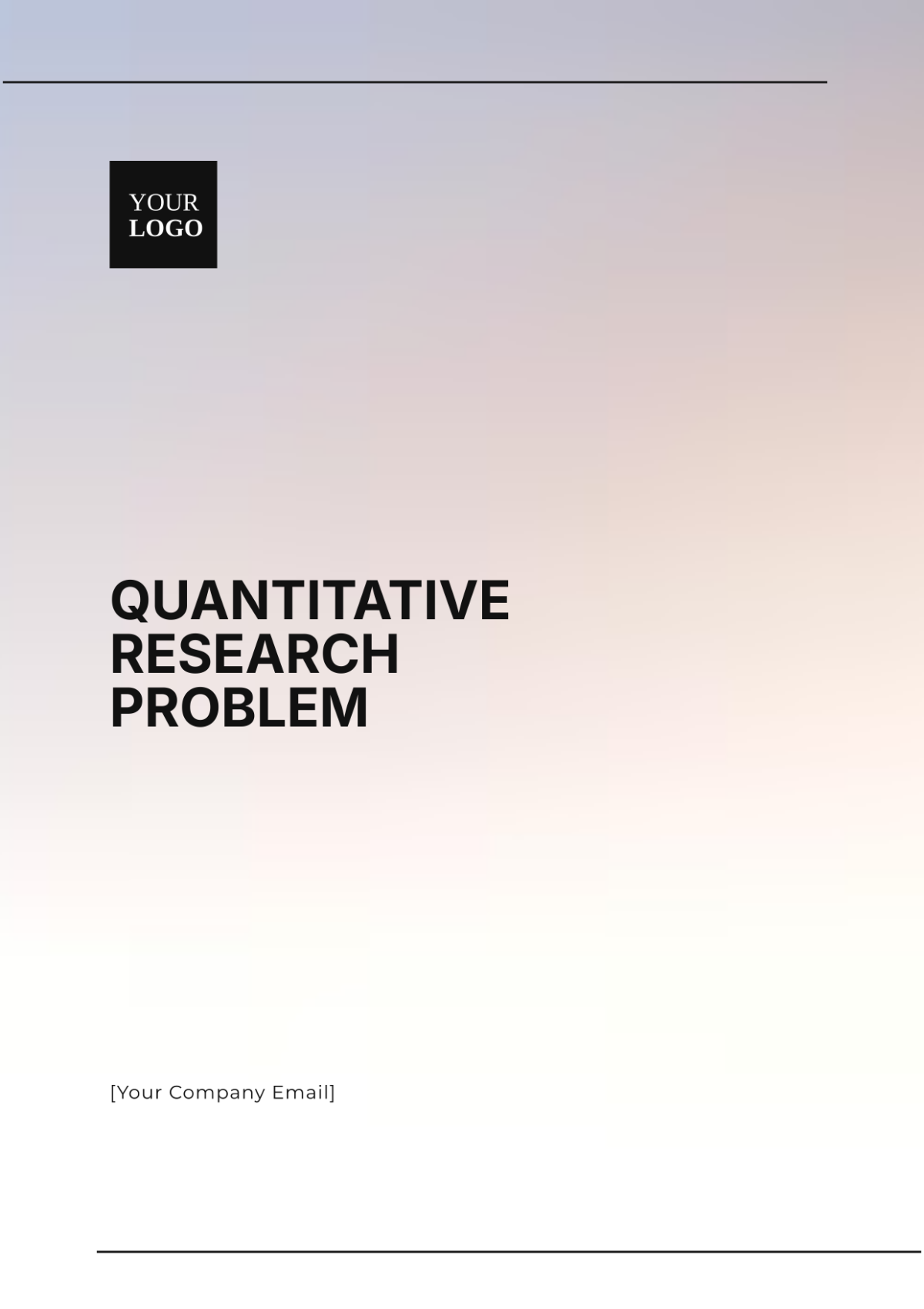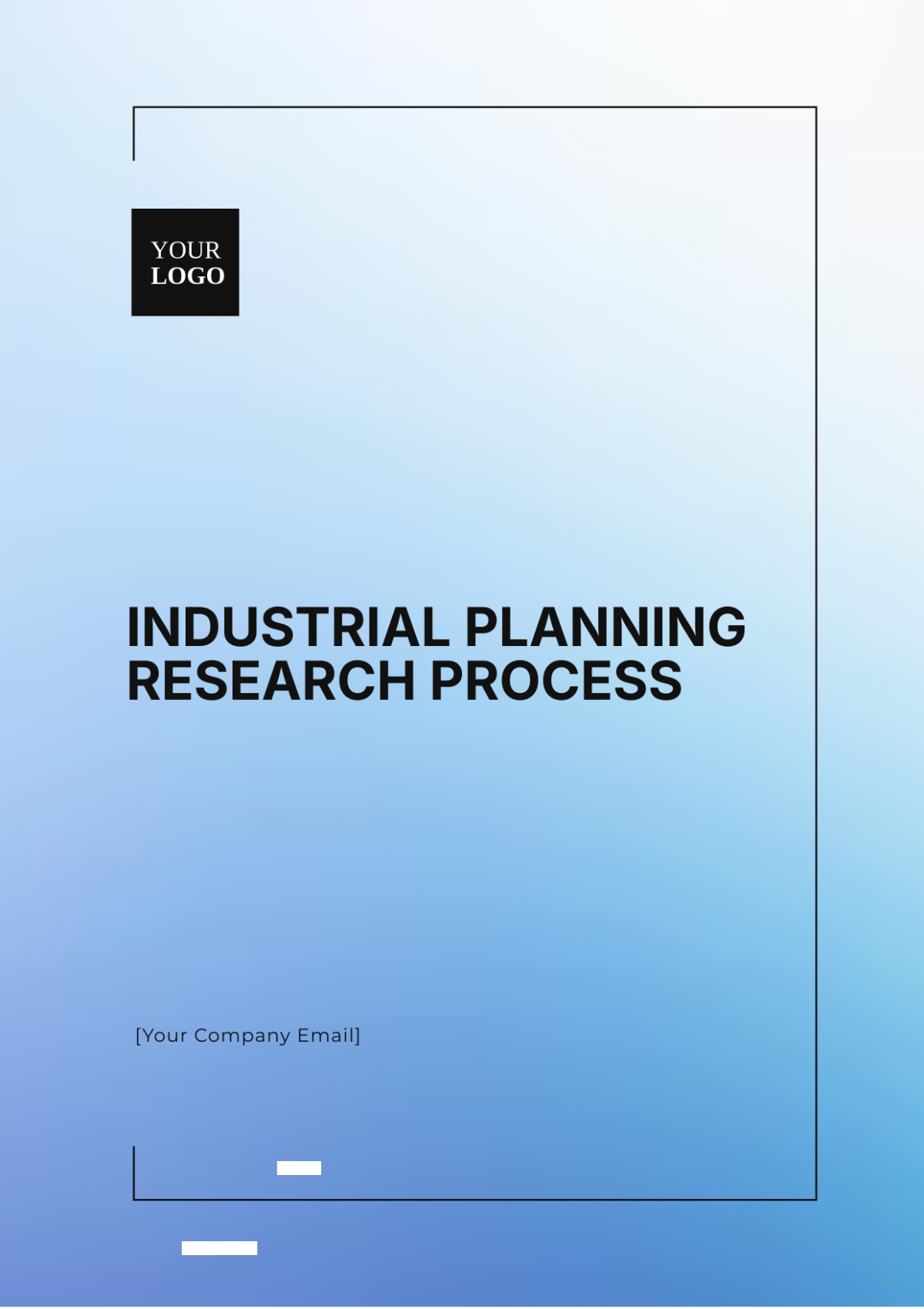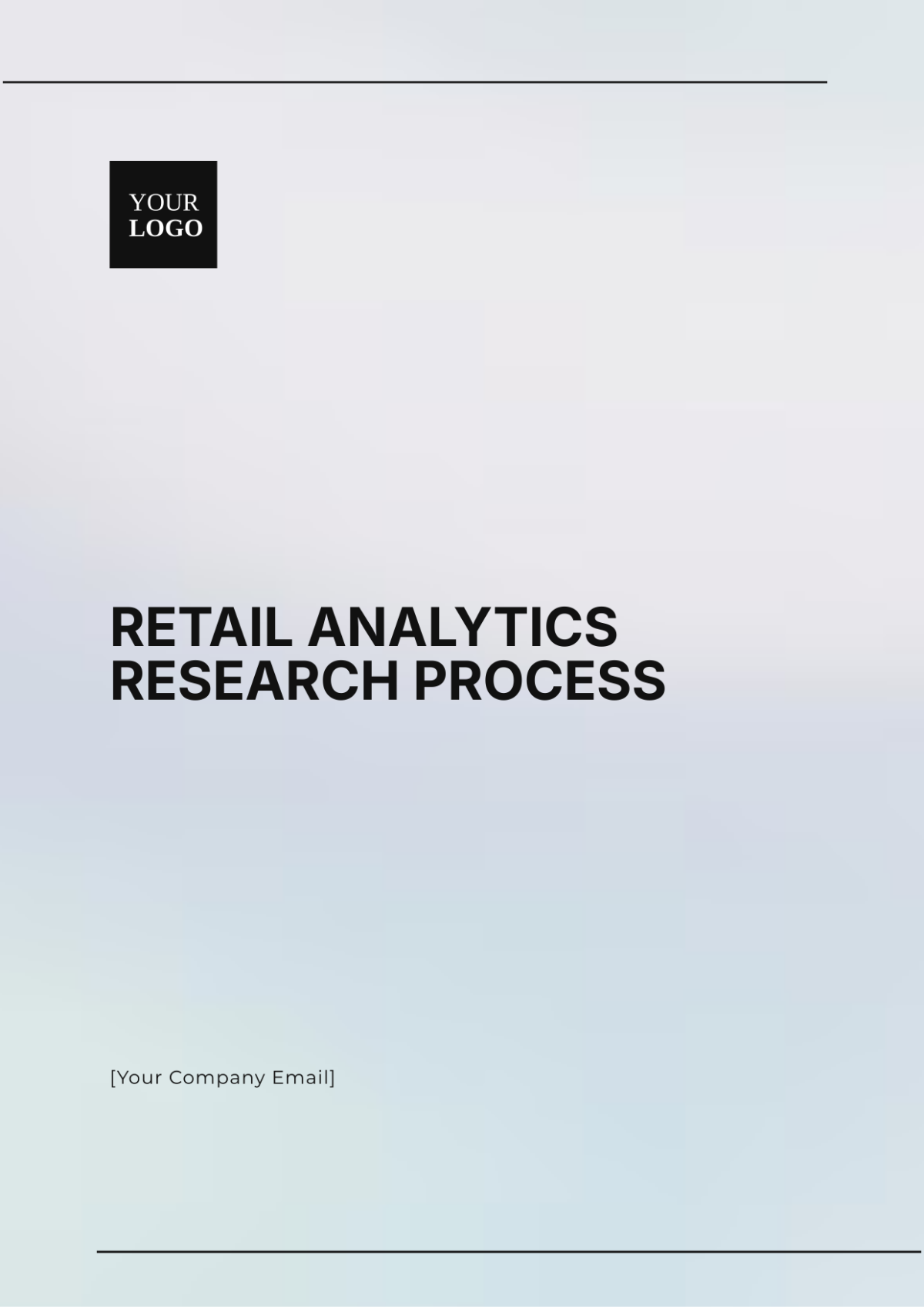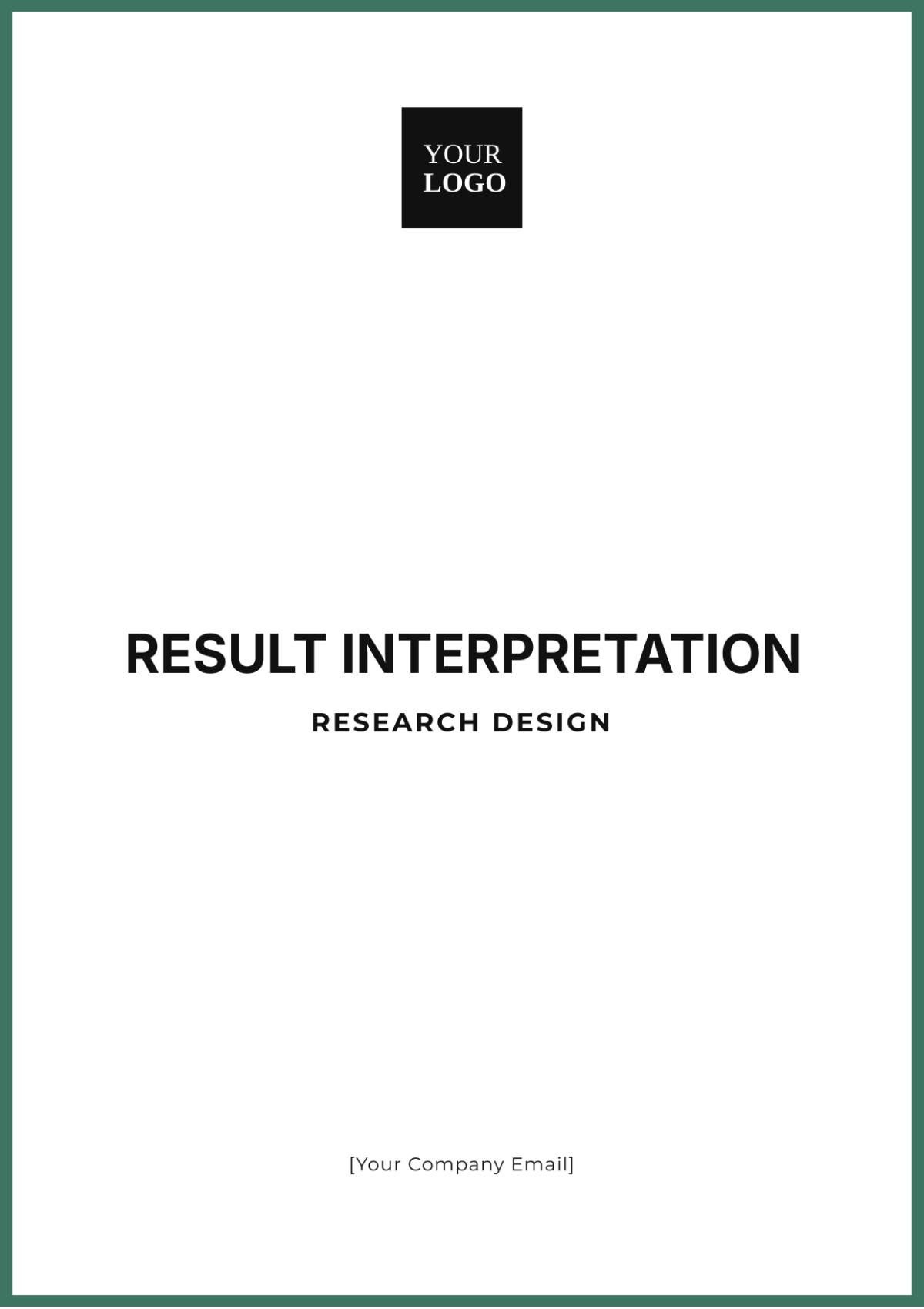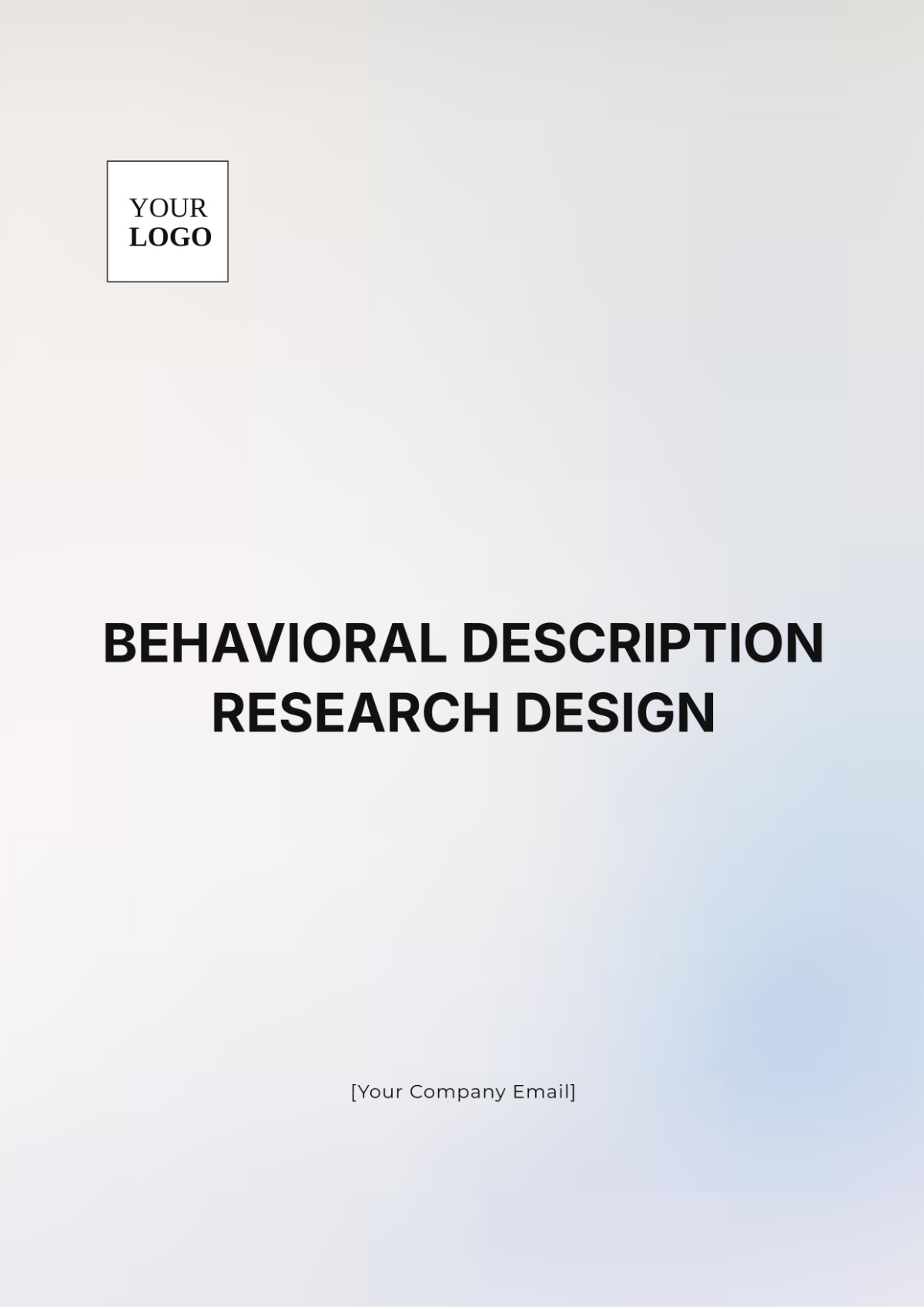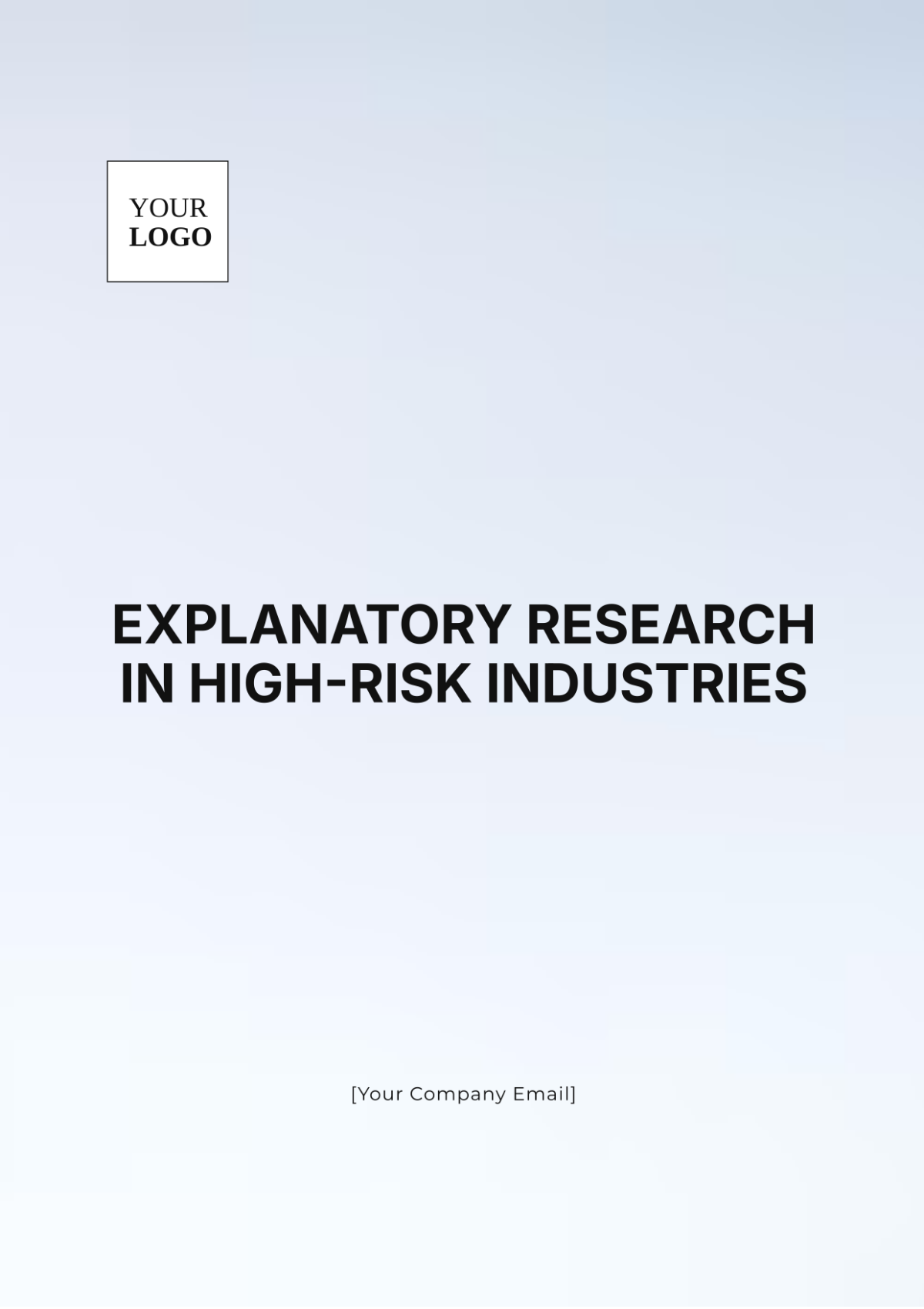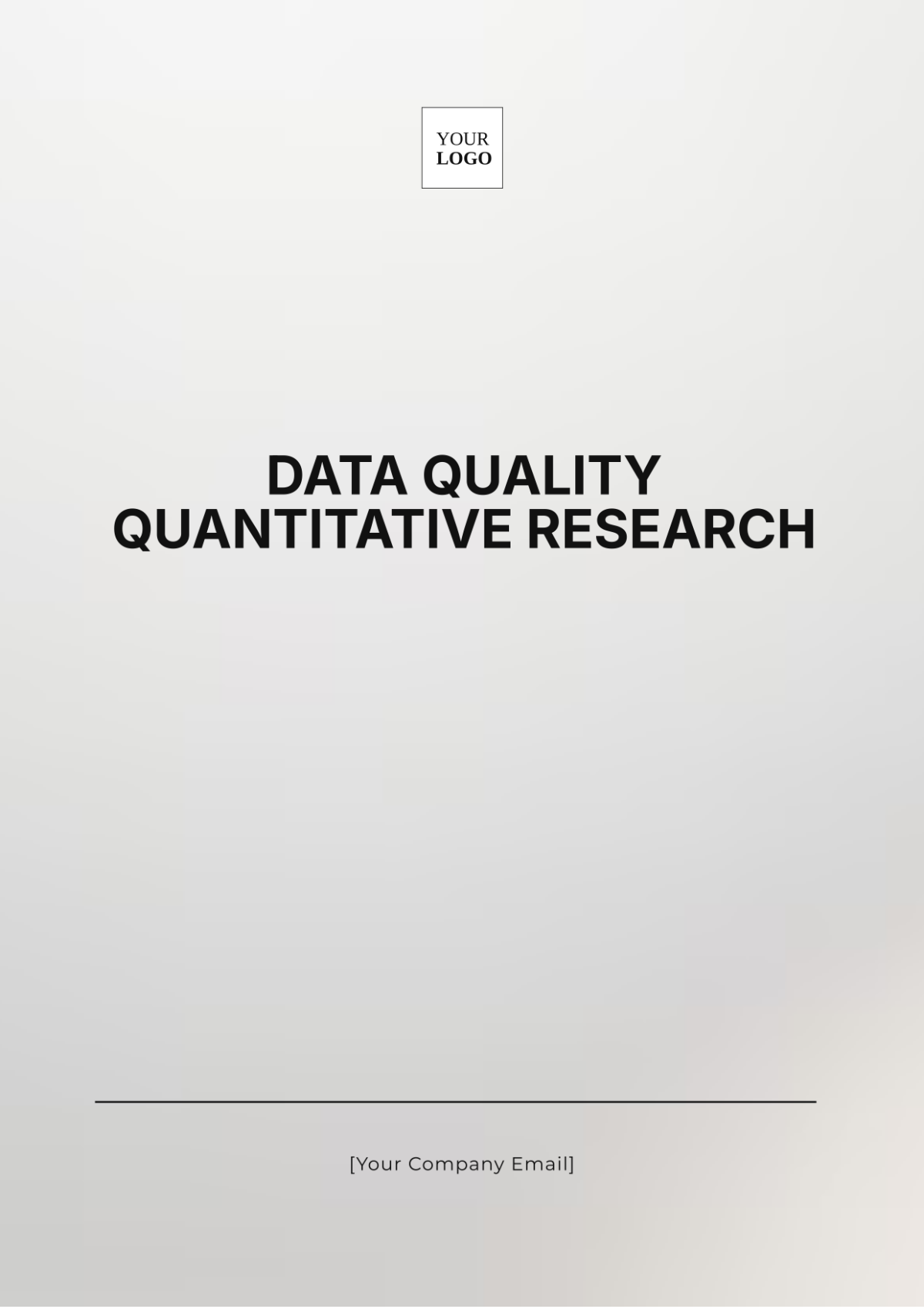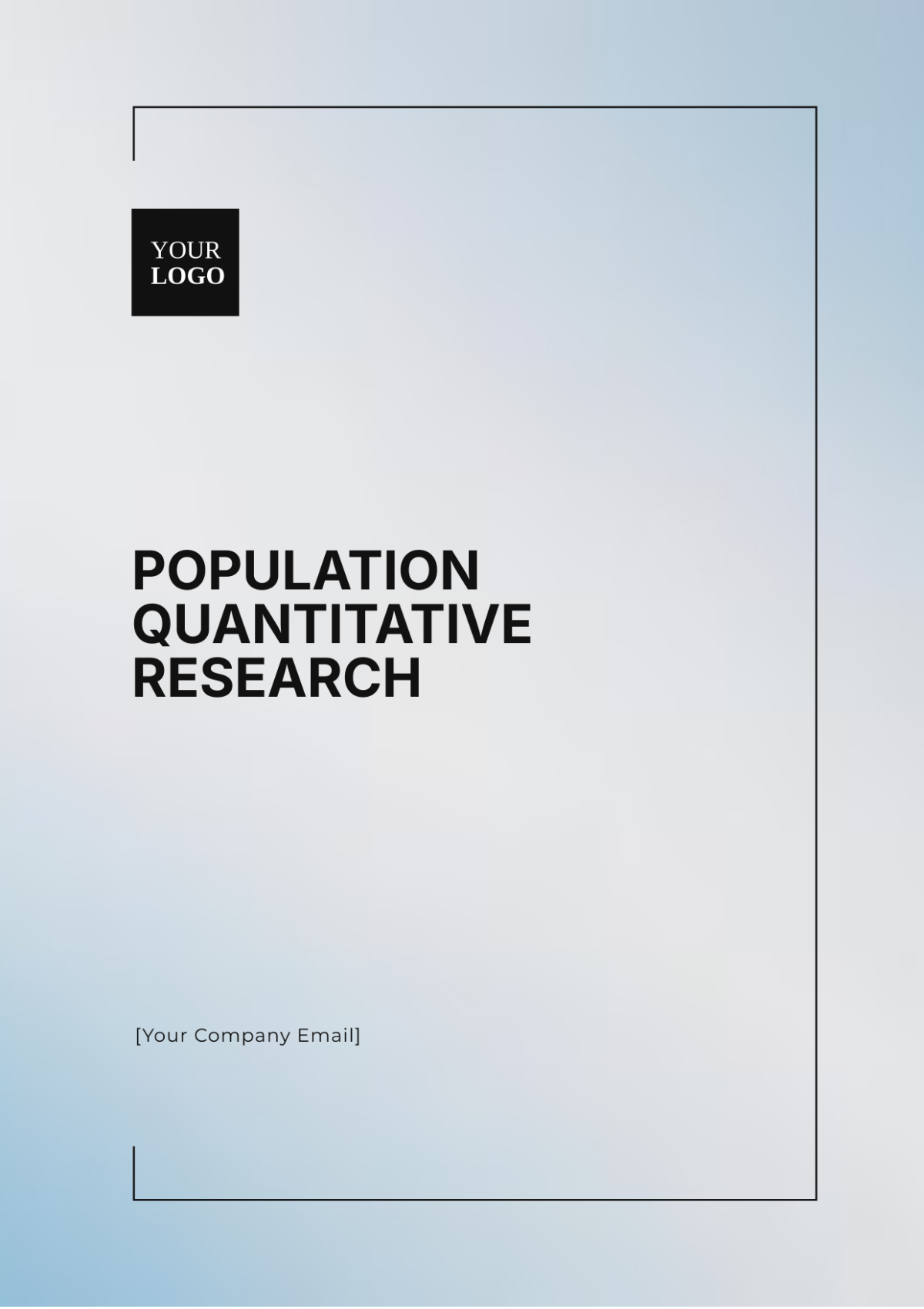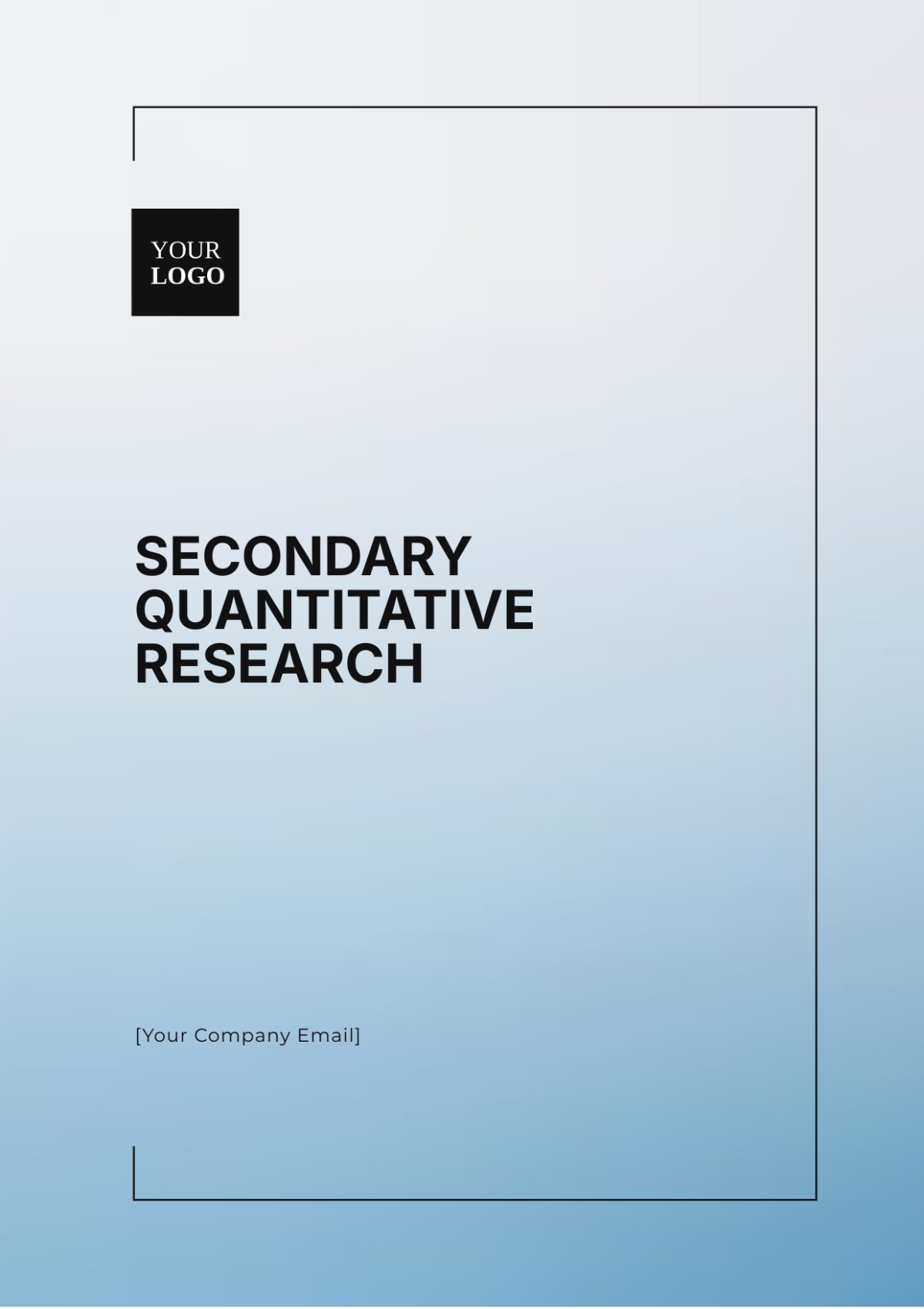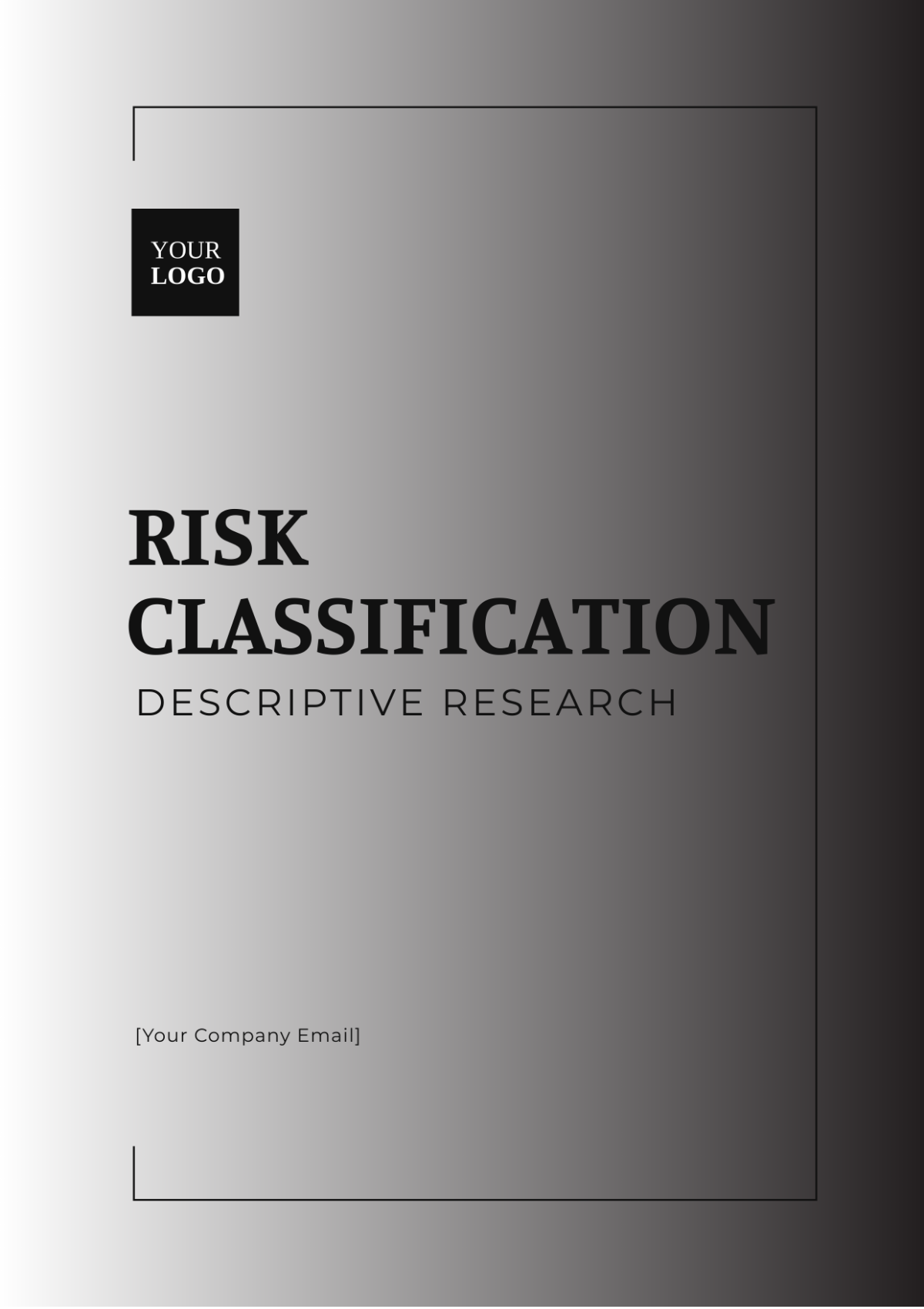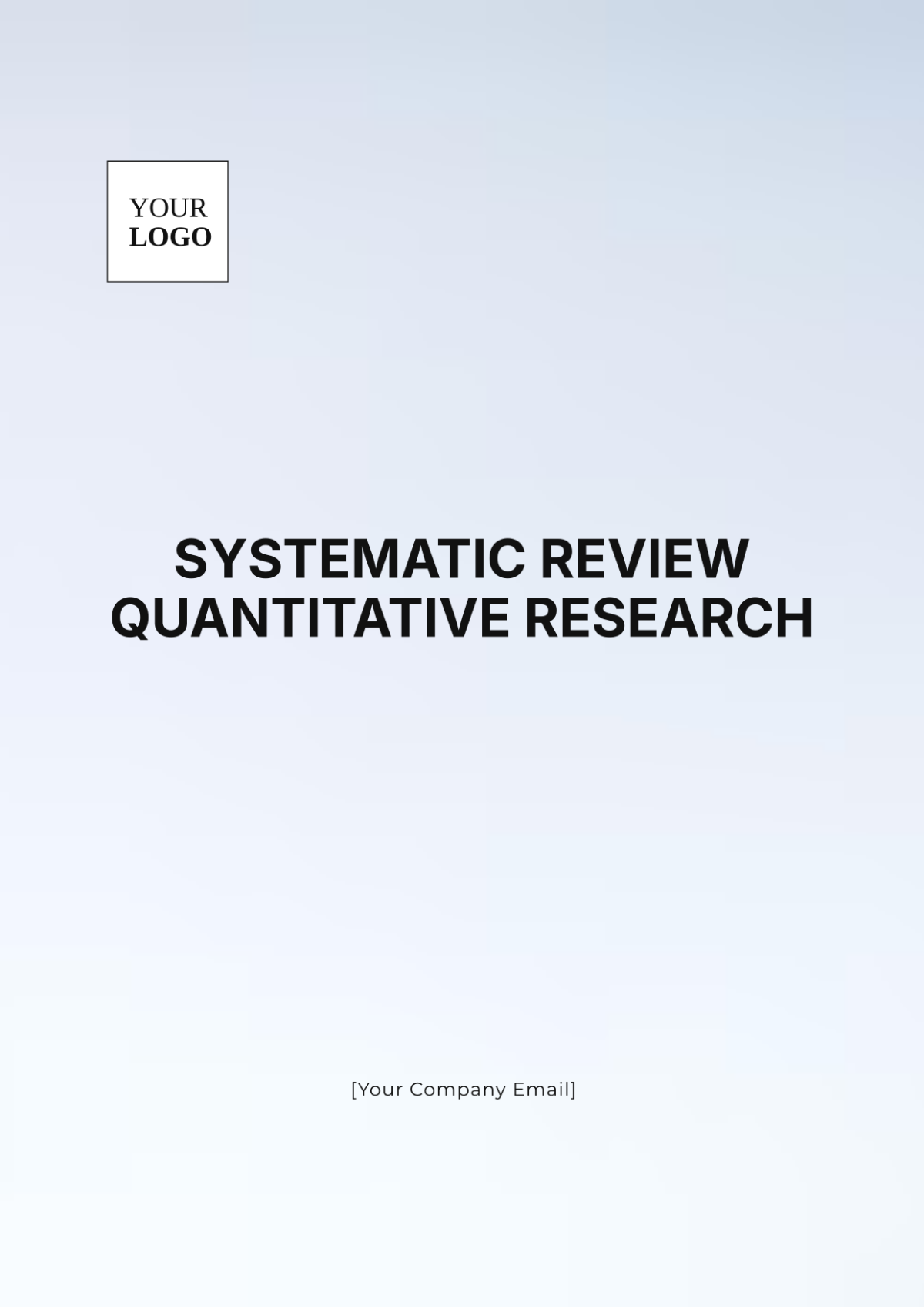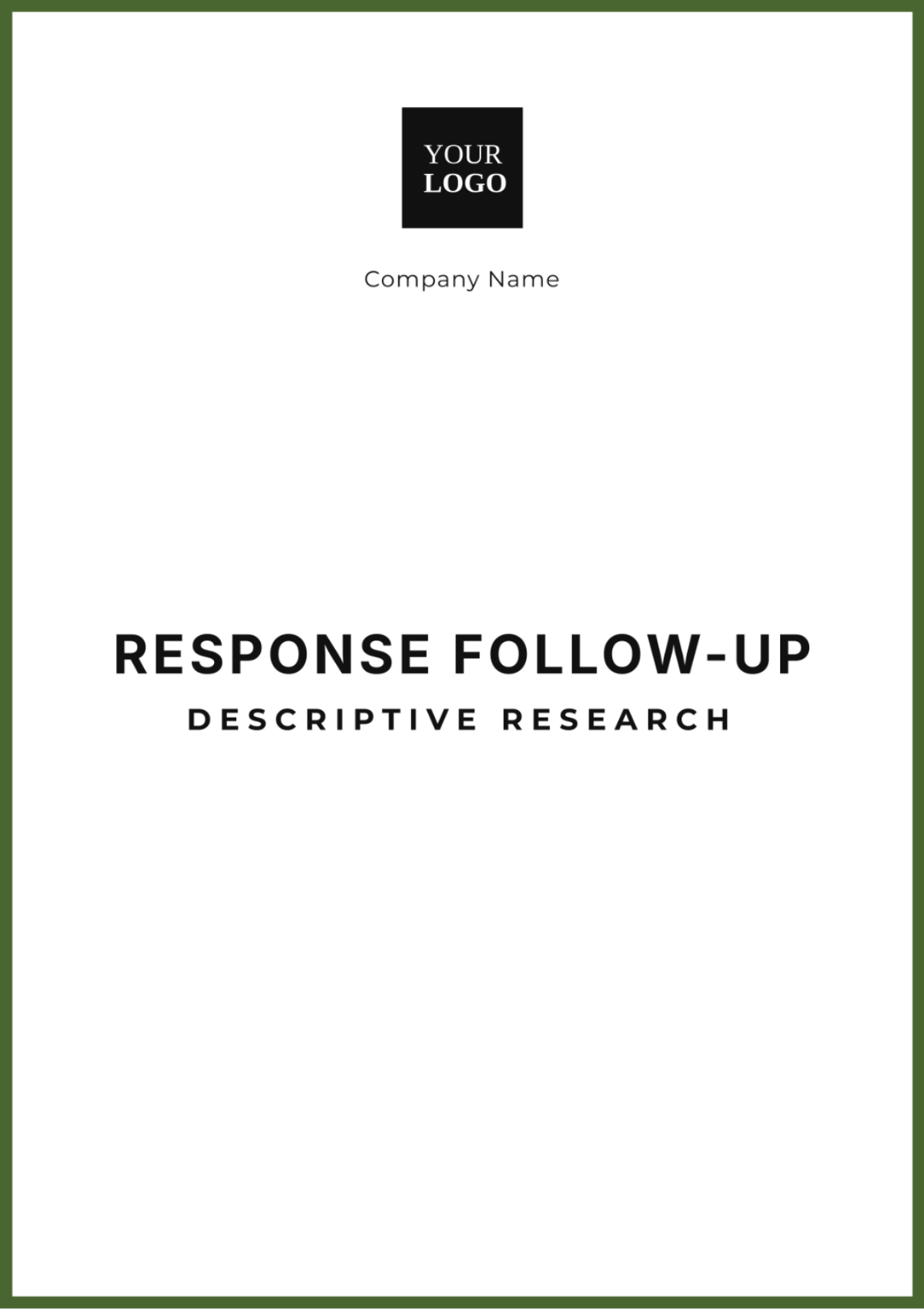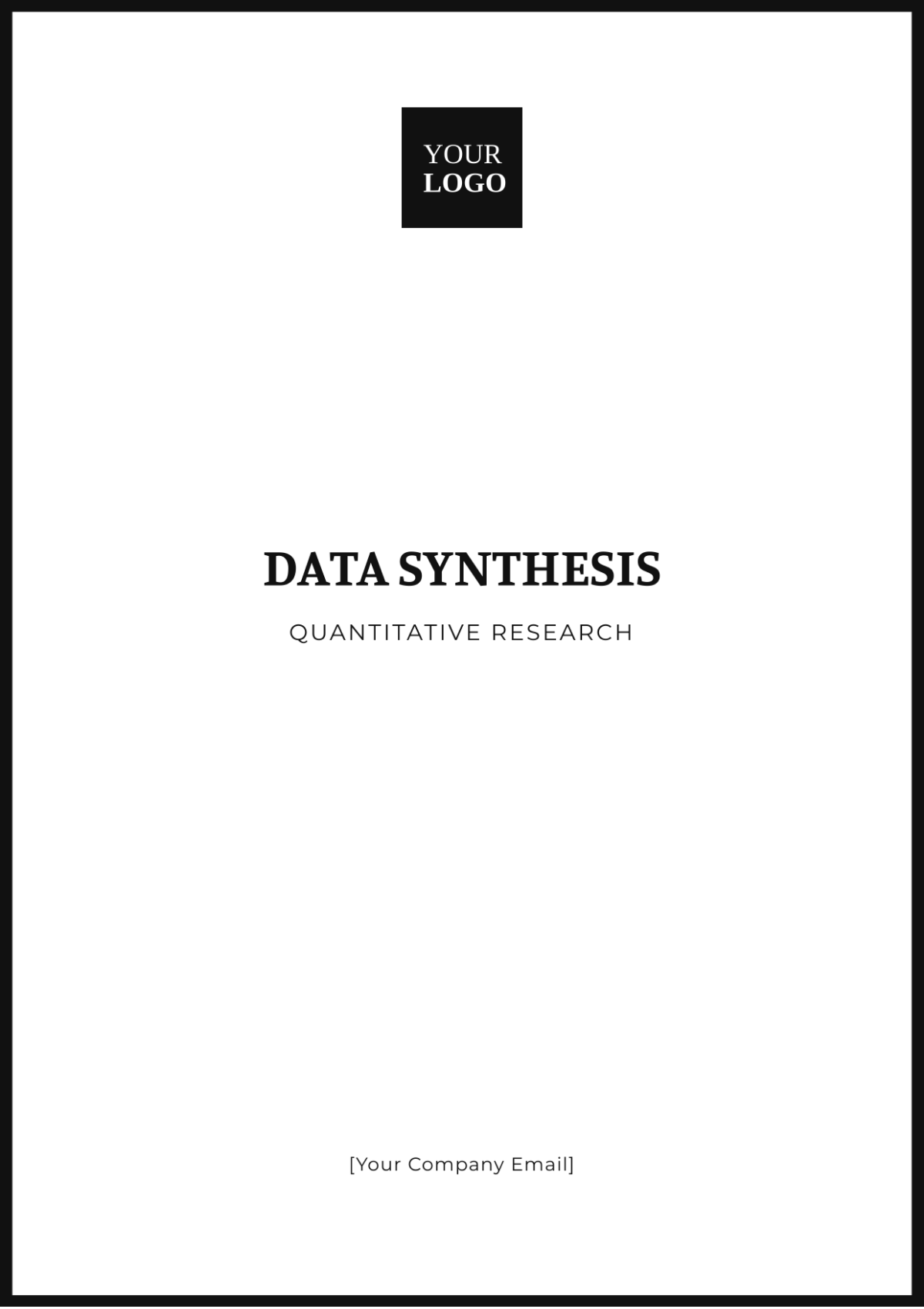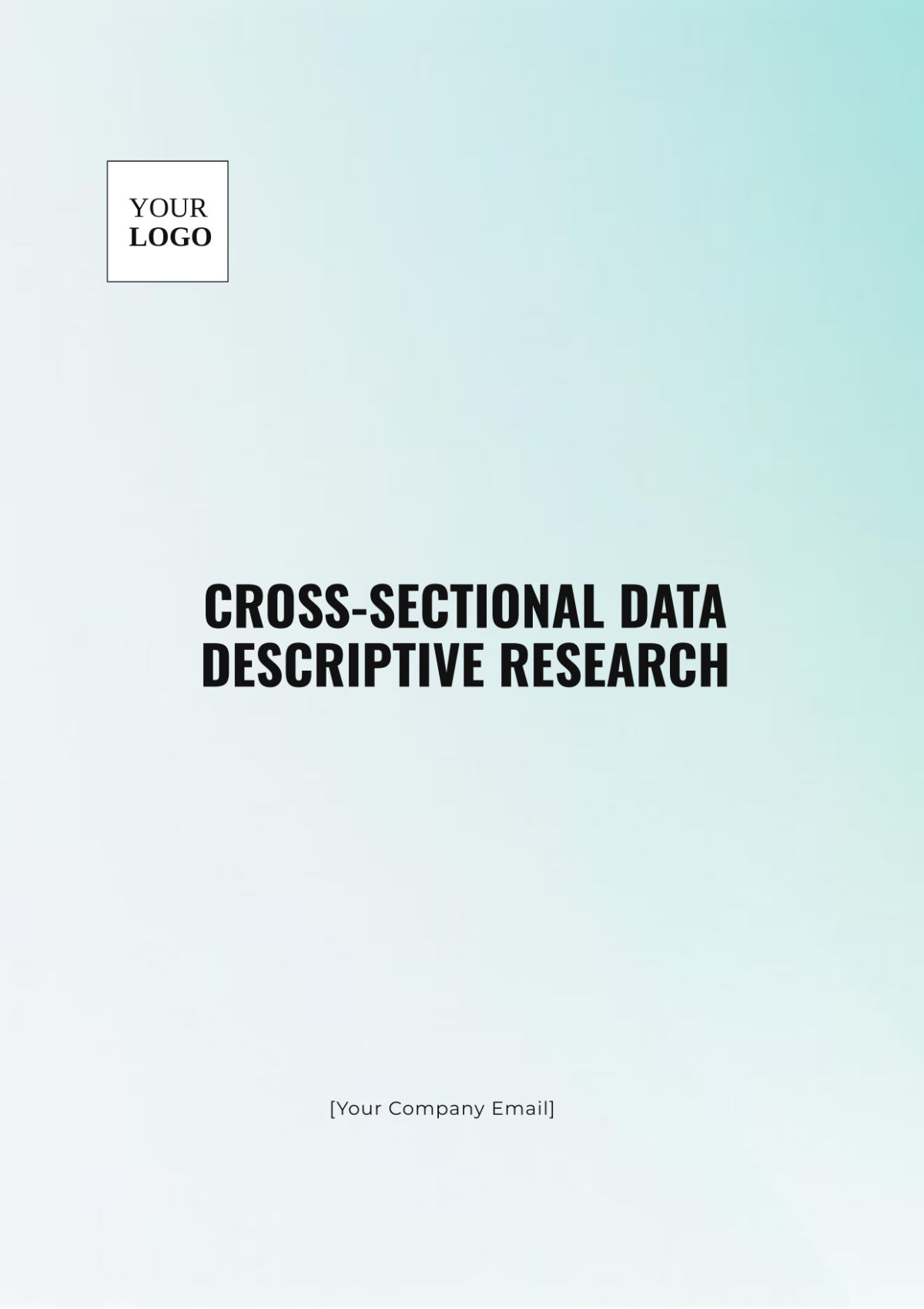Thesis Quantitative Research
Prepared By: [YOUR NAME]
Date: [DATE]
I. Introduction
Quantitative research is a rigorous and systematic approach that leverages numerical data to explore and analyze relationships, test hypotheses, and investigate cause-and-effect dynamics among variables. This study aims to uncover and understand patterns, assess the nature of relationships, and identify trends through detailed and precise data analysis.
The primary research questions guiding this investigation are:
What are the consistent patterns that emerge from the collected data? This question seeks to identify recurring themes or regularities within the dataset.
What significant relationships can be observed between the variables under study? This focuses on uncovering meaningful connections and correlations between the variables.
Are there observable trends or changes over time? This aims to detect and analyze temporal patterns and shifts within the data.
To address these questions, the study will employ robust quantitative methodologies, including meticulously designed surveys, controlled experimental procedures, and advanced statistical analyses. By integrating these methods, the study aspires to deliver reliable and actionable insights that contribute to a deeper understanding of the phenomena under investigation.
II. Literature Review
An extensive review of the existing literature highlights the substantial impact and effectiveness of quantitative methods across diverse fields of study. Previous research consistently demonstrates the value of quantitative techniques in providing insights into complex data sets and relationships.
Surveys: Surveys are powerful for collecting detailed datasets, uncovering patterns in large populations, and capturing diverse responses for comprehensive data analysis (Smith, 2050).
Experimental Methods: Experimental designs are crucial for establishing cause-and-effect by controlling extraneous factors and manipulating independent variables (Doe, 2051).
Statistical Techniques: Advanced statistical methods, such as regression and ANOVA, are essential for hypothesis testing and data interpretation. Regression reveals variable relationships, and ANOVA compares group means for variance and significance (Johnson, 2052). These techniques enable robust data analysis and valid conclusions.
This literature review synthesizes these key findings and methodologies, establishing a comprehensive foundation for the current study. By leveraging established quantitative approaches, the study aims to build upon previous research and contribute to the ongoing discourse in the field.
III. Methodology
This section outlines the research design, data collection methods, and analytical techniques employed to address the study's objectives comprehensively.
A. Research Design
A descriptive research design was chosen to systematically collect and analyze quantifiable data through structured surveys, ensuring consistent and reliable data from a representative sample. This approach enables comprehensive investigation and clear data interpretation.
B. Data Collection Methods
Surveys: Surveys were given to 200 randomly selected participants, with questions designed for accuracy and relevance to ensure reliable and valid data.
Experiments: Experiments with random assignment and controlled conditions tested hypotheses about causal relationships, ensuring robust, reliable results linked to manipulated variables.
C. Analytical Techniques
Descriptive Statistics: Descriptive statistics, including mean, median, mode, and standard deviation, were calculated to summarize key dataset features and identify trends.
Inferential Statistics: Inferential statistics were applied to conclude the data and test hypotheses. Key techniques included:
Regression Analysis: Used to explore and quantify the relationships between variables, determining the strength and direction of these relationships.
T-Tests: Conducted to compare the means between two groups, assessing whether observed differences are statistically significant.
ANOVA (Analysis of Variance): Utilized to compare means across multiple groups and determine if there are significant differences among them.
These analytical techniques are essential for validating hypotheses, interpreting the significance of the findings, and providing a deeper understanding of the data.
IV. Results
The results of the study are presented through comprehensive tables and graphical representations, providing a clear summary of both descriptive and inferential statistics.
A. Descriptive Statistics
The following table summarizes the central tendency and variability of the key variables:
Variable | Mean | Median | Standard Deviation |
|---|---|---|---|
Variable A | 4.5 | 4.0 | 1.2 |
Variable B | 3.6 | 3.5 | 0.8 |
Variable A: The mean value of 4.5 indicates a central tendency slightly above the median of 4.0, with a standard deviation of 1.2, suggesting a moderate spread of data points around the mean.
Variable B: The mean value of 3.6 is slightly higher than the median of 3.5, with a standard deviation of 0.8, reflecting a tighter distribution around the mean compared to Variable A.
B. Inferential Statistics
Regression Analysis: The regression analysis revealed a statistically significant link between Variable A and Variable B (p < 0.05), indicating that changes in Variable A predict changes in Variable B, with the strength and direction of this relationship quantified.
T-Test Results: The t-test showed a significant difference between the experimental and control groups (p < 0.01), indicating a measurable impact of the treatment. The effect size quantified this difference.
V. Discussion
Significant Relationship Between Variables: The strong correlation between Variable A and Variable B suggests that variations in Variable A can foresee changes in Variable B, underscoring Variable A's potential as a dependable predictor for Variable B.
Alignment with Existing Research: The study’s findings align with previous research, reinforcing the validity of the hypotheses and confirming that the observed patterns contribute to existing knowledge.
Implications for Predictive Analysis: The established relationship provides a basis for developing predictive models. Future research should explore these relationships further and test their applicability in different contexts.
Study Limitations:
Limitation | Description |
|---|---|
Sample Size | A larger sample could improve generalizability. |
Survey Biases | Potential biases may affect data accuracy. |
External Validity | Findings may not apply universally. |
Recommendations for Future Research: Future studies should increase sample size, conduct longitudinal research, refine survey instruments, and test the findings in diverse settings.
VI. Conclusion
In the course of this study, an in-depth analysis of numerical data was conducted, successfully identifying patterns, relationships, and trends within the dataset. These findings enrich the existing body of academic literature and present new possibilities for future research endeavors. Specifically, there is potential for future researchers to enhance the robustness of their studies by expanding the sample size and incorporating a broader array of variables. Moreover, to gain a more comprehensive understanding of how these trends evolve, it is recommended that forthcoming research efforts concentrate on longitudinal studies.
VII. References
Doe, J. (2051). Experimental Methods in Quantitative Research. Journal of Quantitative Studies, 45(3), 123-134.
Johnson, A. (2052). Applications of Regression Analysis. Statistical Inference Journal, 12(2), 54-76.
Smith, R. (2050). Survey Techniques and Data Patterns. Data Science Journal, 10(4), 98-112.


